The Perfect Catholic Graduation Gift: A Survival Kit For the University-Bound Graduate
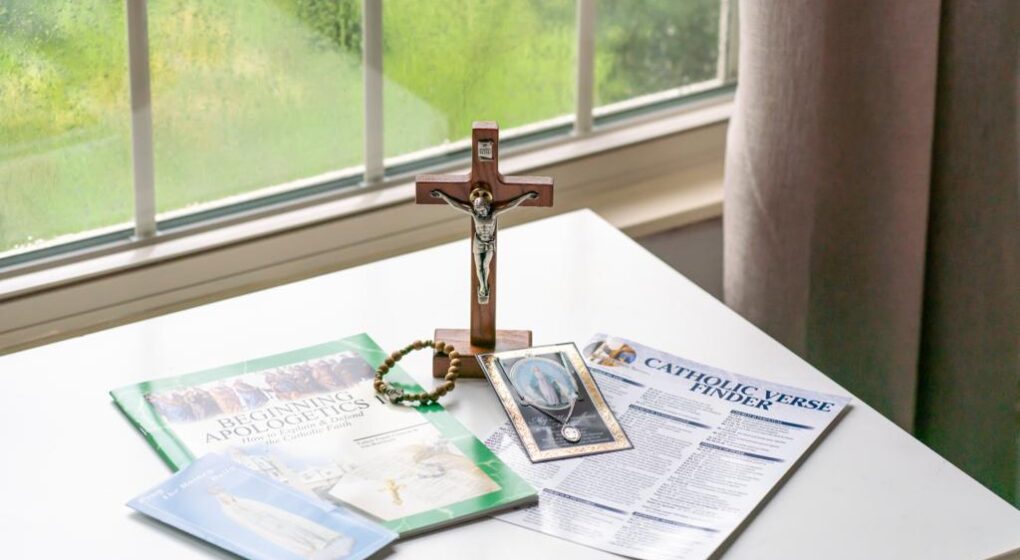
As the graduation season approaches, finding the perfect gift for a Catholic graduate heading off to university can be both exciting and challenging. To celebrate this momentous occasion, we present an ideal gift option tailored to the needs of the new graduate. Discover the significance and value of a thoughtfully curated graduation gift box, encompassing a Crucifix, a Prayer card with Saint Pendant, a Jujube Bead rosary, and a set of Apologetic books. Let's explore how each item in this gift set serves as a meaningful companion for the graduate's spiritual journey through their university years.
The Crucifix: A Symbol of Faith and Strength:
At the heart of this Catholic graduation gift box is a Crucifix, a powerful symbol of faith and strength. With its depiction of Christ's sacrifice, the Crucifix serves as a constant reminder of God's unwavering love. Whether adorning the graduate's dorm room or living space, this visual anchor offers comfort, guidance, and a focal point for prayer and reflection amidst the challenges and excitement of university life.
The Prayer Card with Saint Pendant: Encouraging Devotion and Intercession:
Accompanying the gift box is a prayer card featuring a beloved saint, accompanied by a pendant. This prayer card serves as a source of inspiration, providing prayers and devotions to guide the graduate in their spiritual journey.
The wearable pendant allows the graduate to carry their faith close to their heart, seeking the intercession of their chosen saint as they navigate the new experiences and responsibilities that university life brings.
The Jujube Bead Rosary: A Tool for Meditation and Spiritual Growth:
The Jujube Bead rosary, designed to be worn as a bracelet. This modern take on the traditional rosary provides a practical and discreet means of incorporating prayer and meditation into the graduate's daily life. With its stylish and versatile design, the Jujube Bead rosary serves as a reminder to pause, reflect, and seek solace in prayer, nurturing spiritual growth and fostering a deeper connection with God.
The Set of Apologetic Books: Equipping the Mind and Deepening Understanding:
Complementing the gift box is a set of Apologetic books, designed to engage the graduate intellectually and spiritually. These books delve into the foundations of the Catholic faith, addressing common questions, misconceptions, and challenges that arise in a university setting. By equipping the graduate with knowledge and insights, these books empower them to articulate and defend their beliefs with confidence, cultivating a robust and informed faith.
The Perfect Gift for the University-Bound Graduate
As you celebrate the milestone of graduation, consider presenting the new university-bound Catholic graduate with this thoughtfully curated gift box. Let it be a reminder of God's love, guidance, and constant presence as they embark on this new chapter in their lives. May the Crucifix, prayer card, Jubjue Bead rosary, and Apologetic books nourish their faith, strengthen their resolve, and inspire them to embrace their Catholic identity amidst the diverse experiences and challenges they will encounter.
Congratulations to the graduate, and may their faith continue to flourish throughout their university journey.

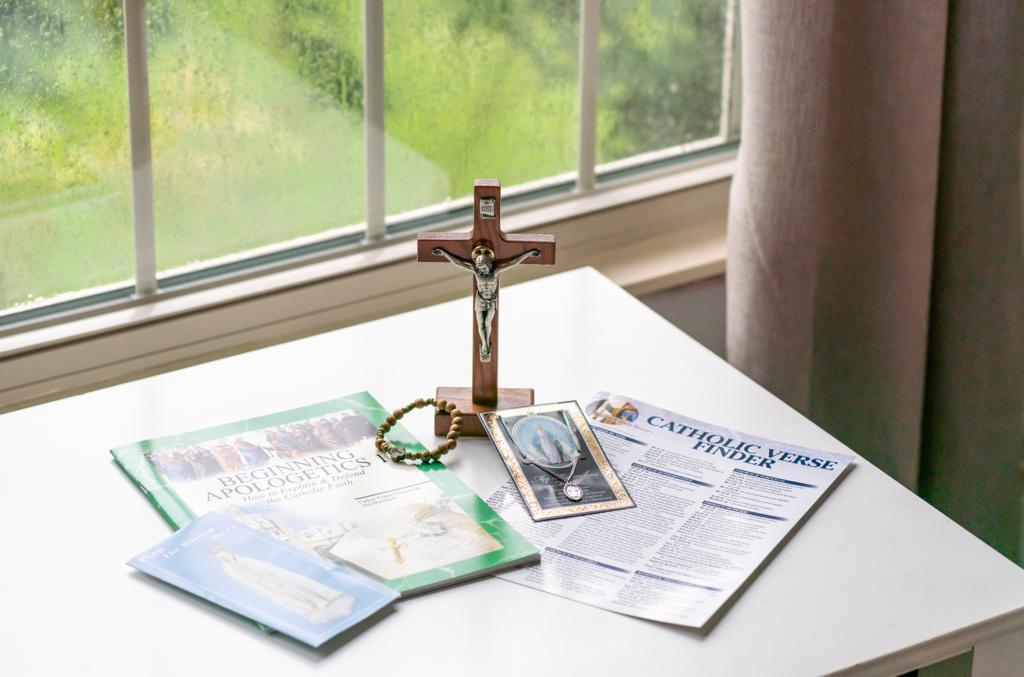
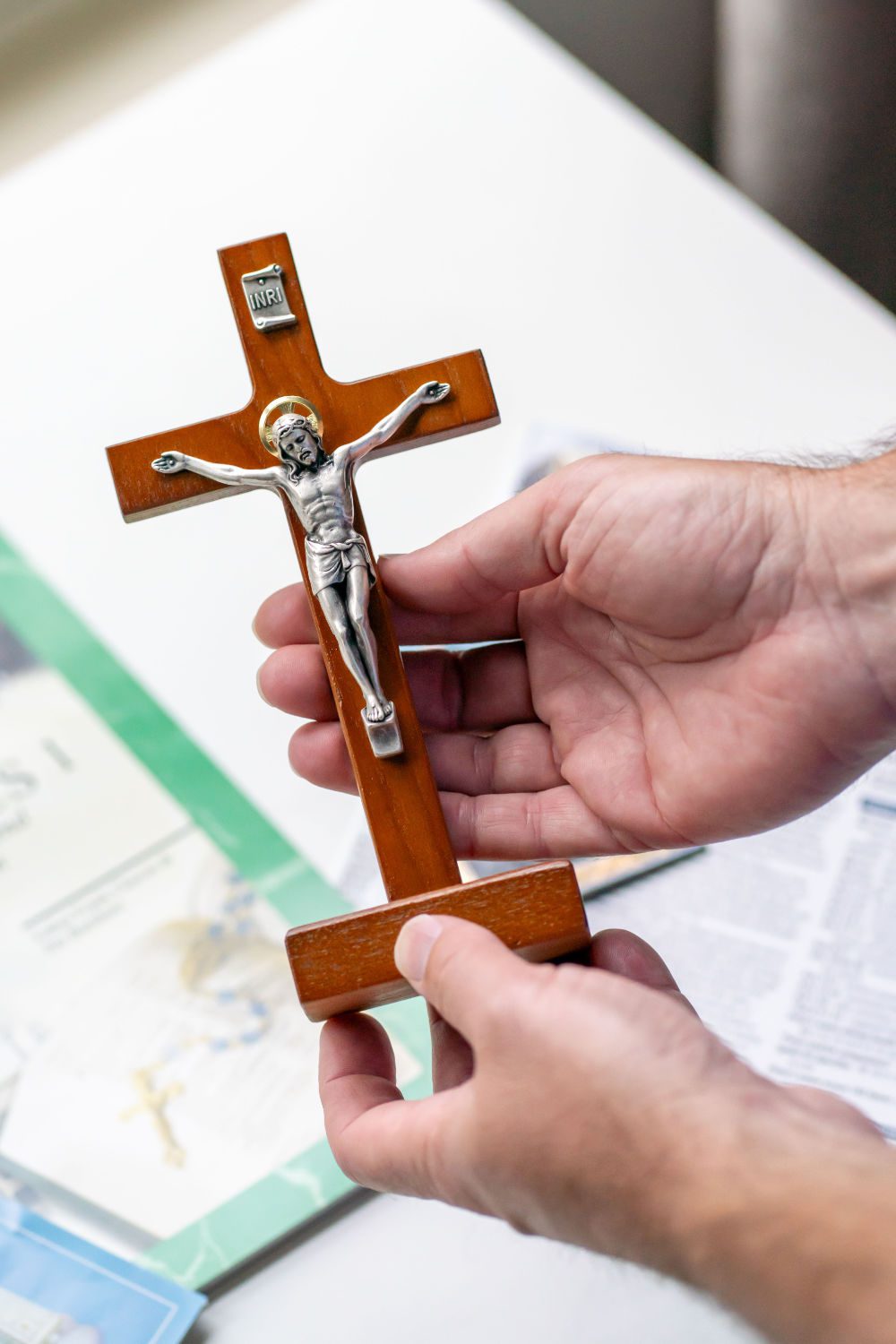
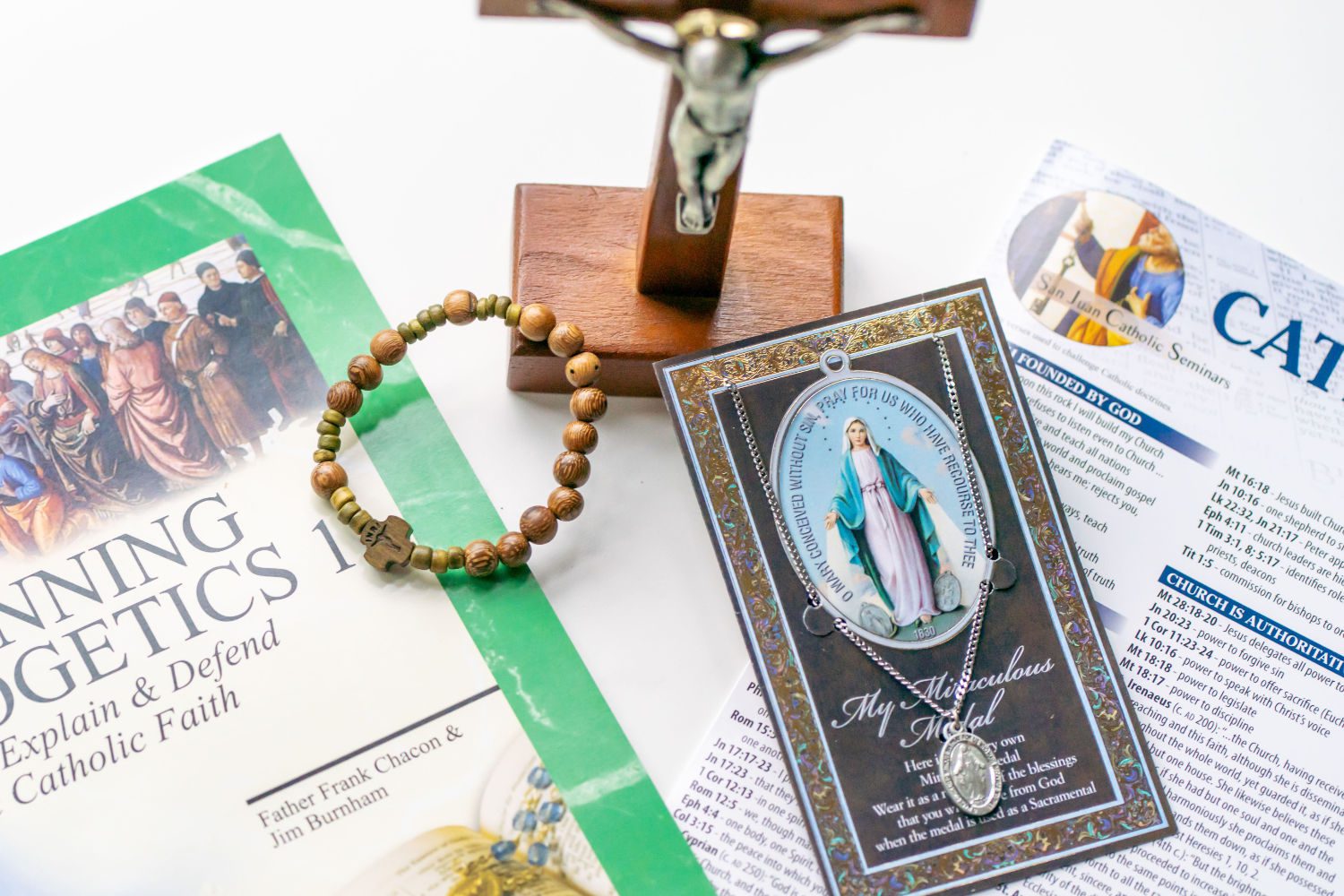
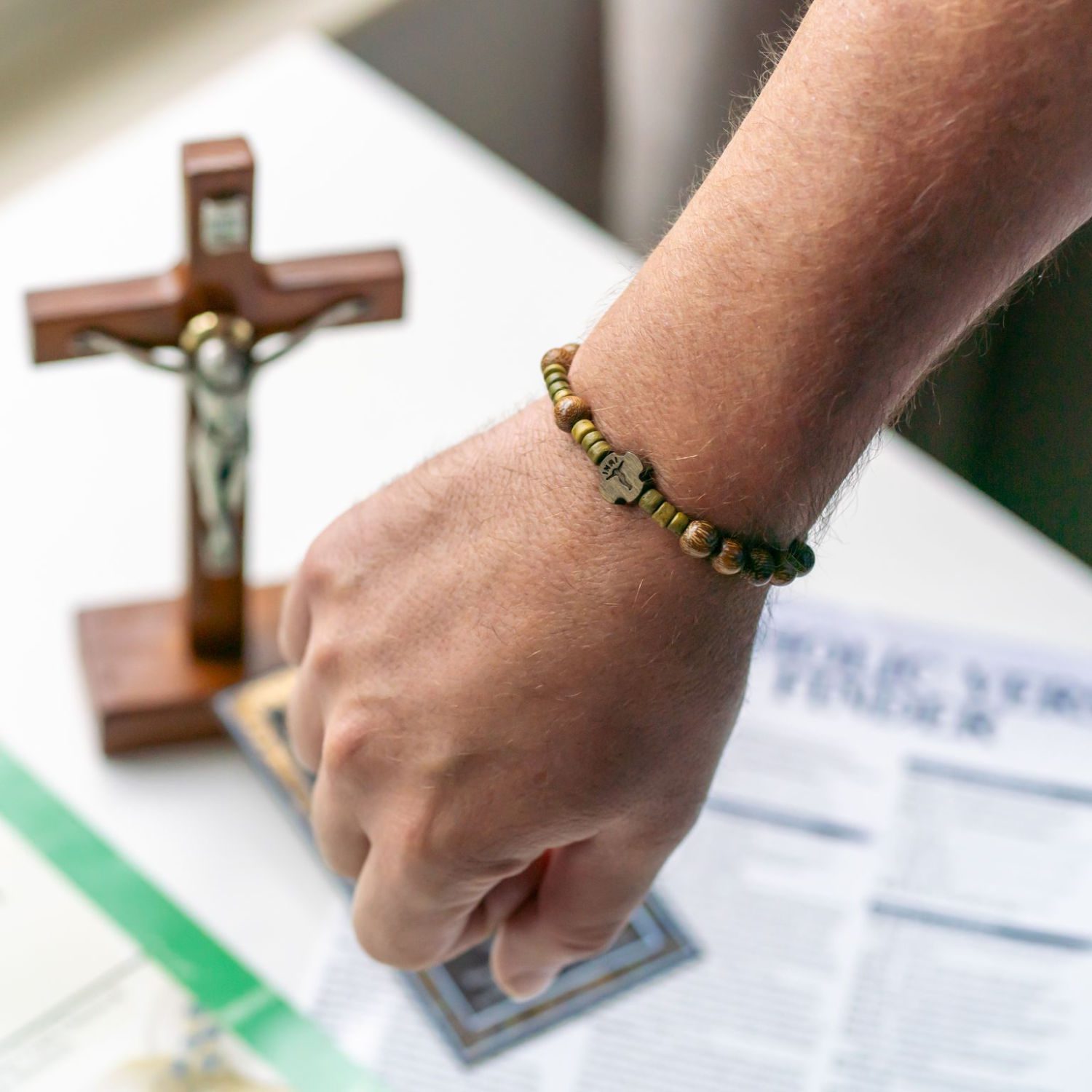
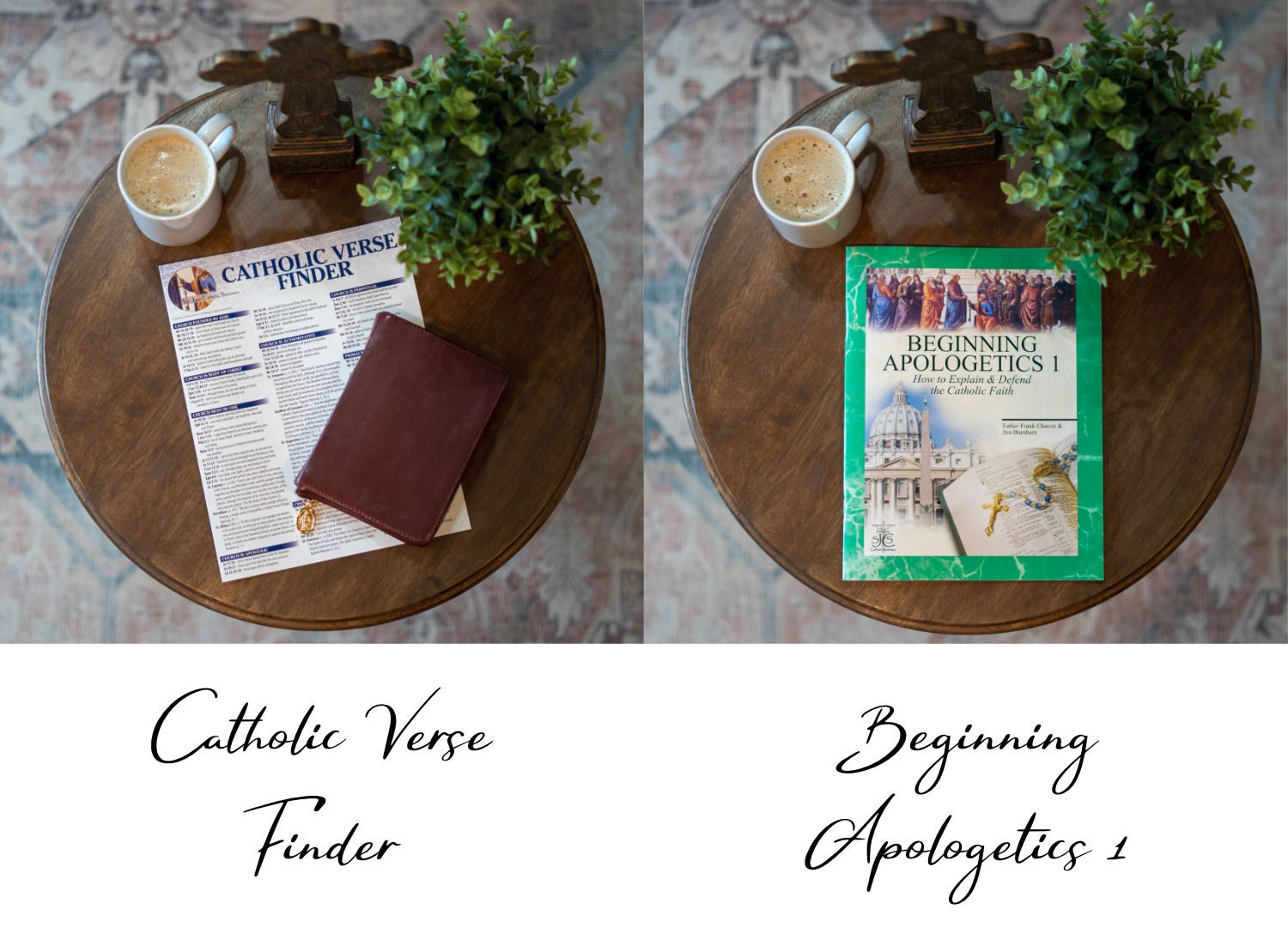
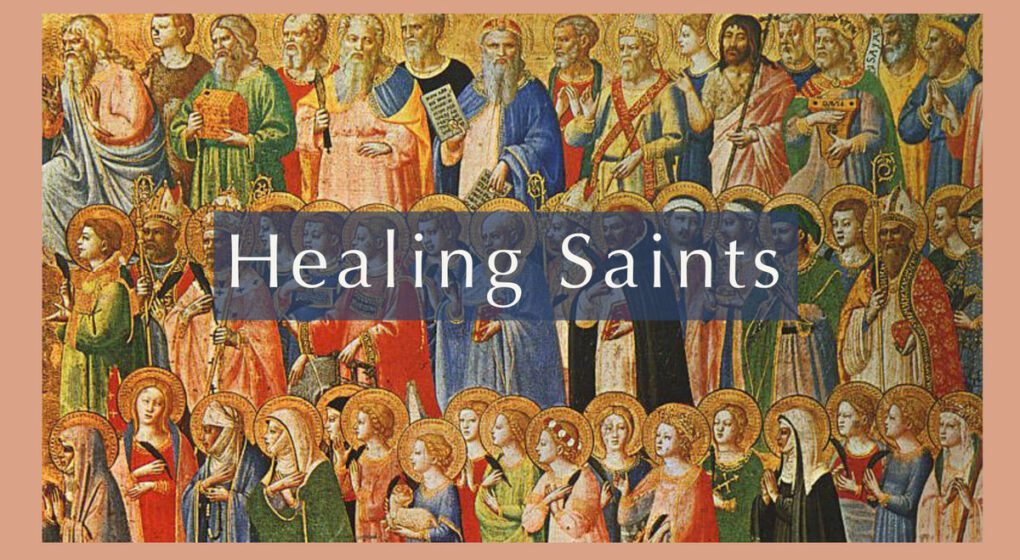
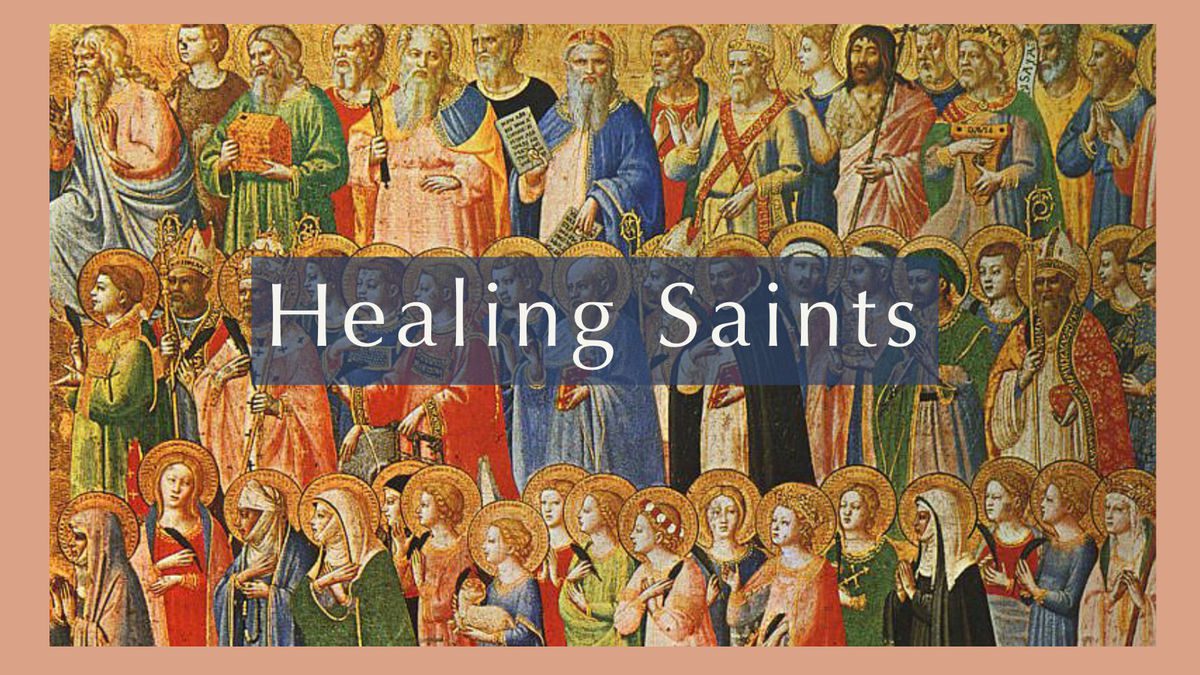
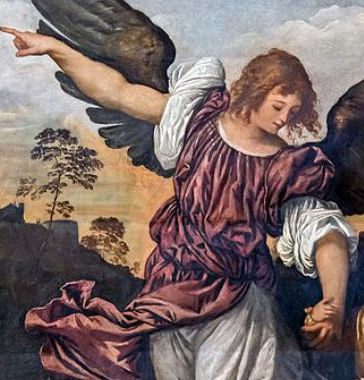
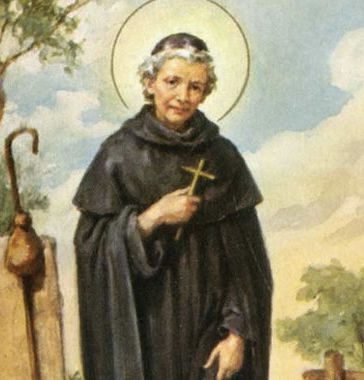
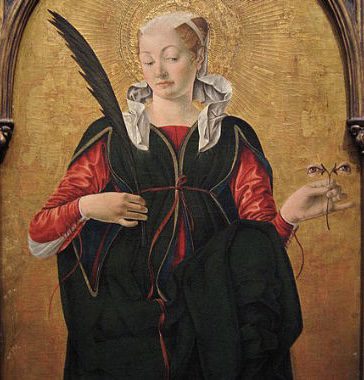
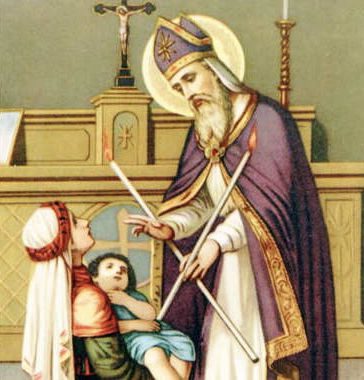
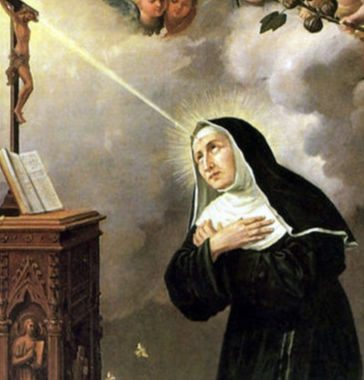
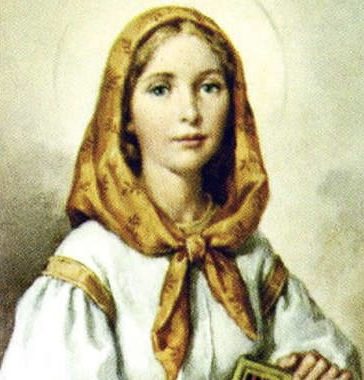
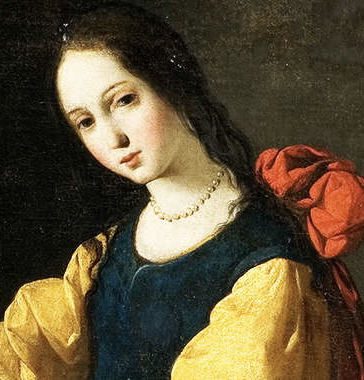
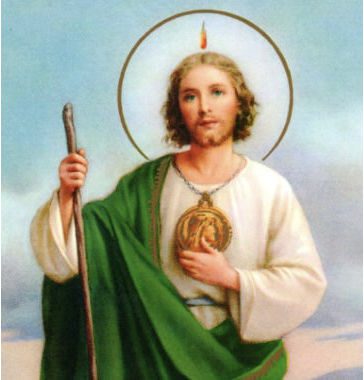
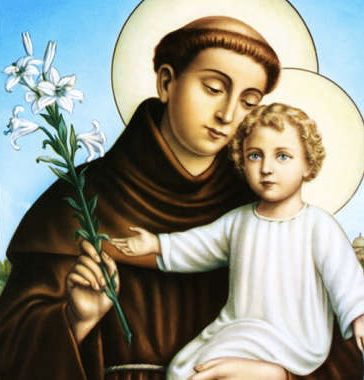
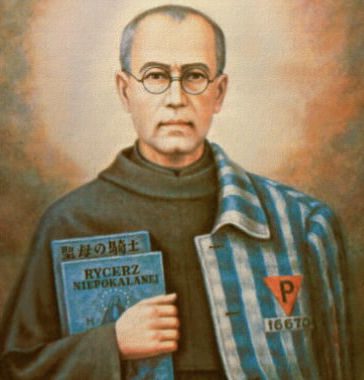
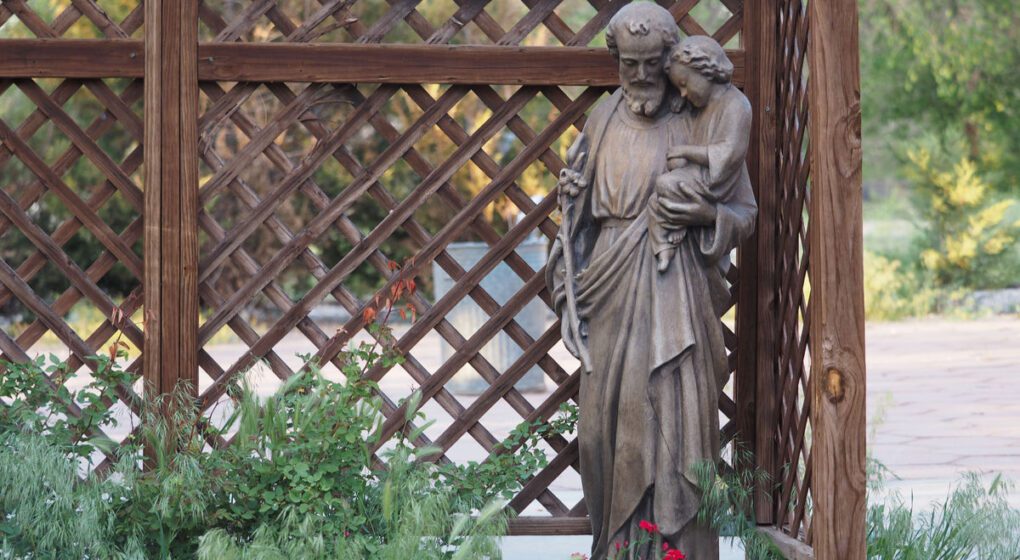
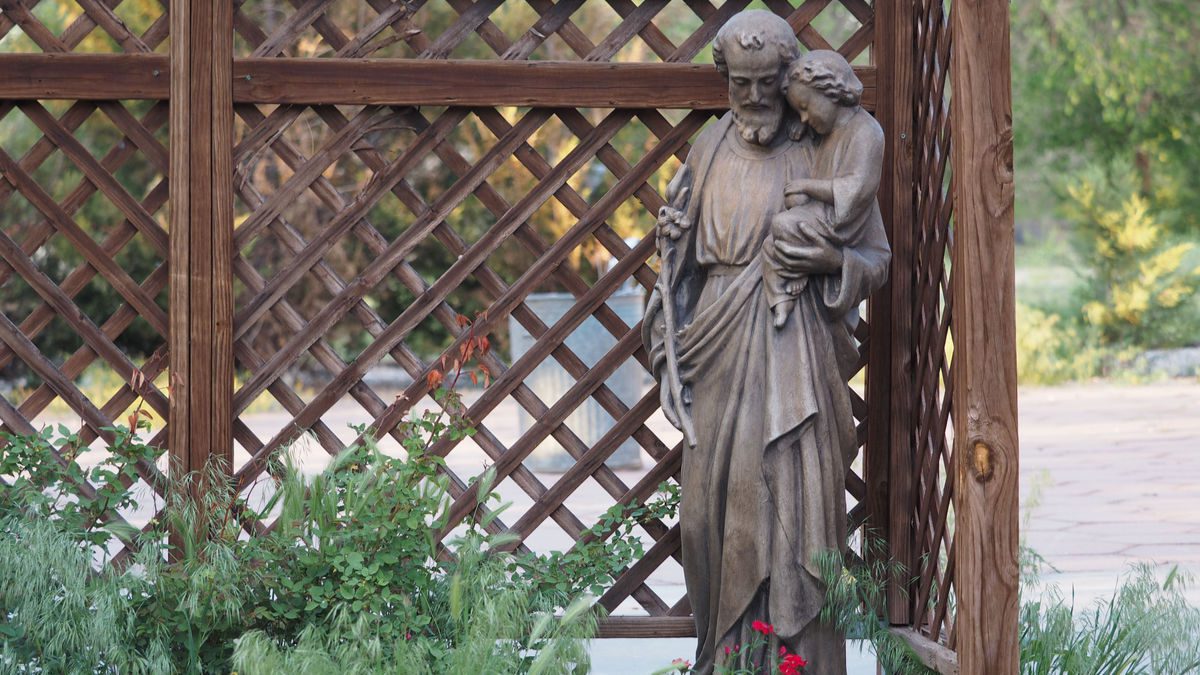
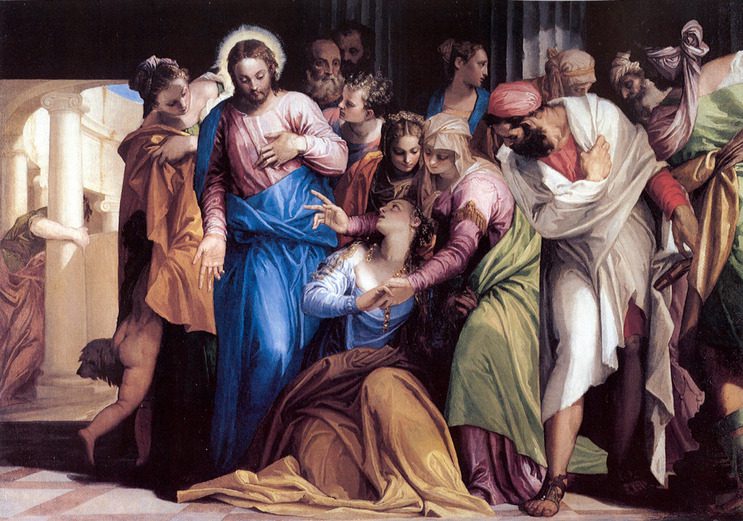
![Crucifixion Bronzed Resin Statue - 11 Inches [GSCH1122]](https://b960748.smushcdn.com/960748/wp-content/uploads/2023/06/GSCH1122-Crucifixion-Bronzed-Resin-Statue-600x600-Corrected.jpg?lossy=1&strip=1&webp=1)
![Prayer To Mary Magdalene Laminated Prayer Cards [HPR496]](https://b960748.smushcdn.com/960748/wp-content/uploads/2023/06/HPR496-Prayer-To-Mary-Magdalene-600x600-1.jpg?lossy=1&strip=1&webp=1)
![Sterling Silver St. Mary Magdalene Medal [HMM1130]](https://b960748.smushcdn.com/960748/wp-content/uploads/2023/06/HMM1130-St.-Mary-Magdalene-Medal-600x600-1.jpg?lossy=1&strip=1&webp=1)


![Saint Benedict House Blessing 8" x 6" [HFA4642]](https://b960748.smushcdn.com/960748/wp-content/uploads/2023/06/HFA4642-Saint-Benedict-House-Blessing-600x600-1.jpg?lossy=1&strip=1&webp=1)
![Saint Benedict Stepping Stone Cross 11" High [CBSD001]](https://b960748.smushcdn.com/960748/wp-content/uploads/2023/06/CBSD001-Saint-Benedict-Stepping-Stone-Cross-600x600-1.jpg?lossy=1&strip=1&webp=1)
![Walnut Wood Standing St. Benedict Crucifix - 6"H [MVCR1040]](https://b960748.smushcdn.com/960748/wp-content/uploads/2023/06/MVCR1040-Walnut-Wood-Standing-St.-Benedict-Crucifix-600x600-1.jpg?lossy=1&strip=1&webp=1)
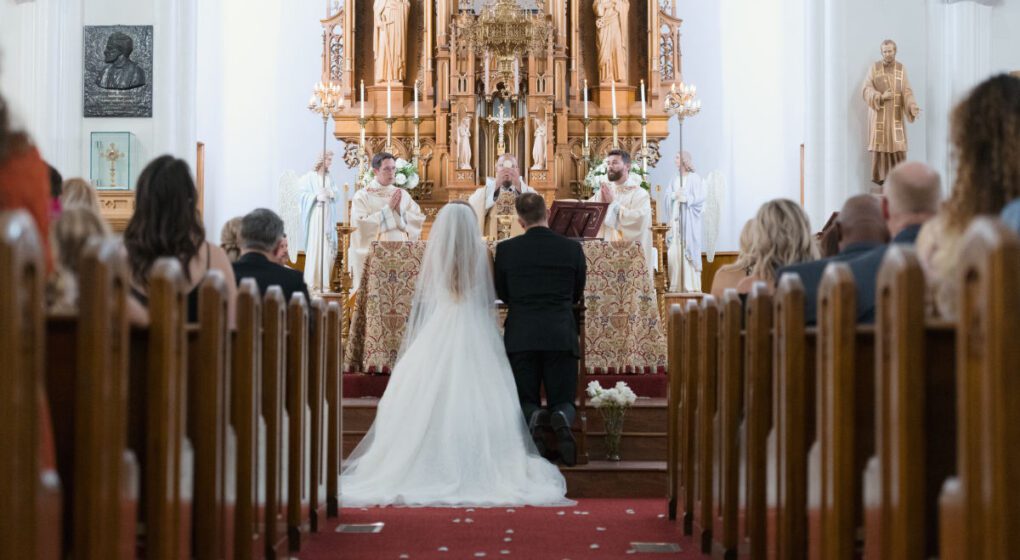
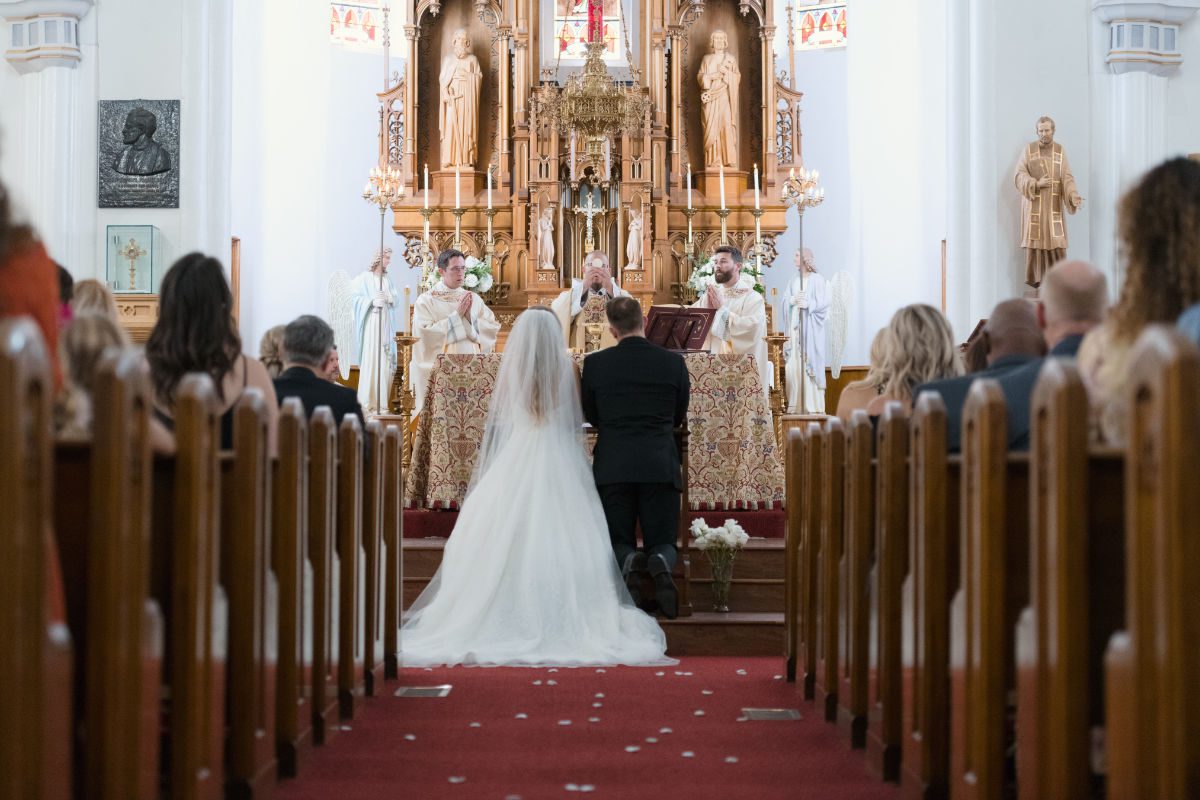
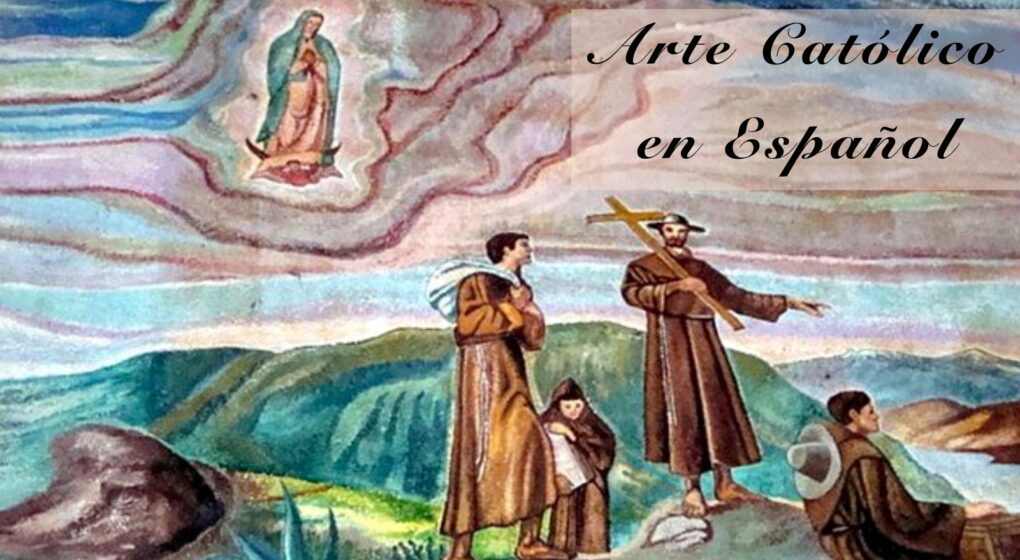
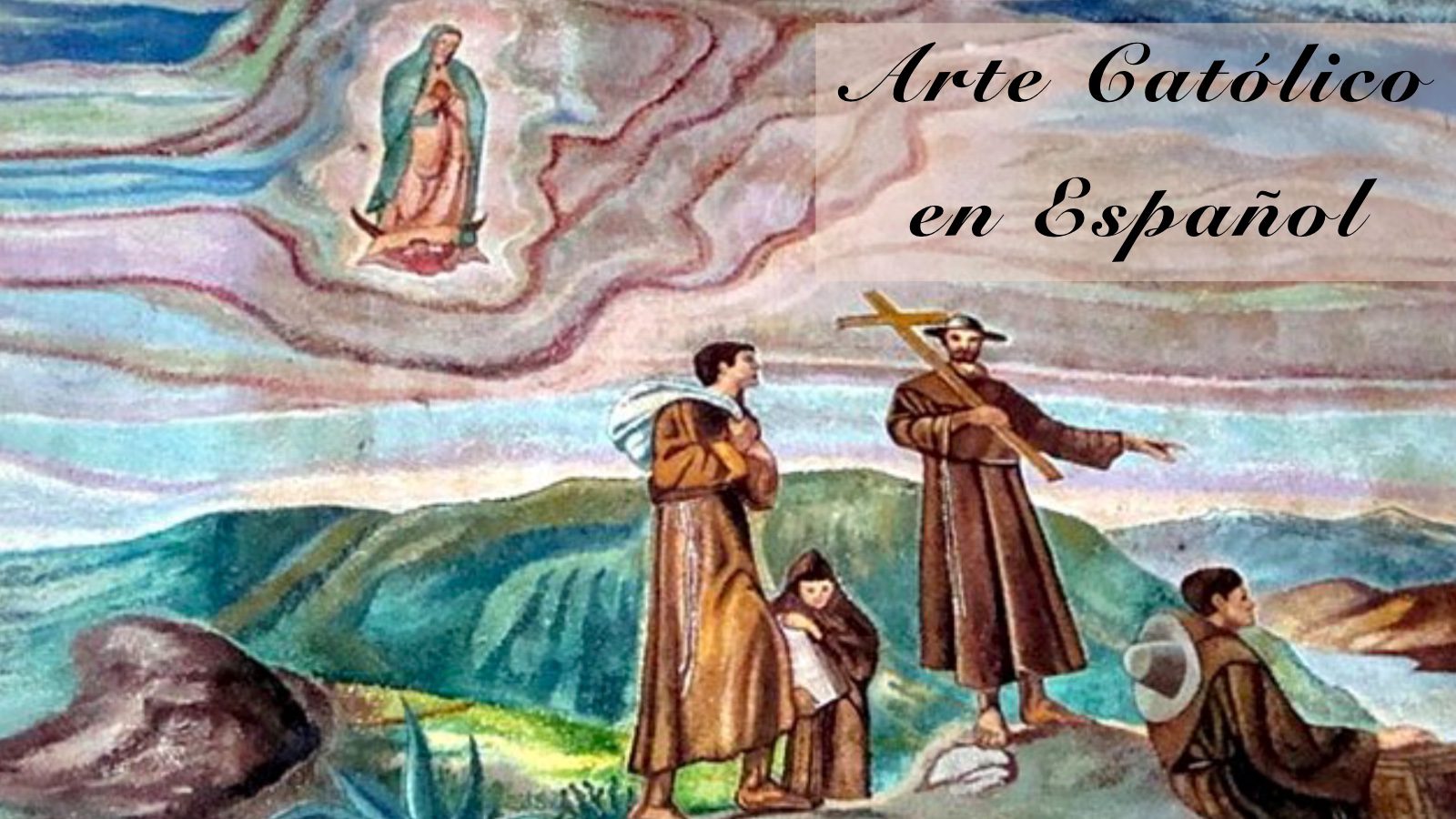
![Divine Mercy Spanish 4x5 Curved Wood Plaque [HFA4689]](https://b960748.smushcdn.com/960748/wp-content/uploads/2023/06/HFA4689-Divine-Mercy-Plaque-Spanish-600x600-1.jpg?lossy=1&strip=1&webp=1)
![Nuestra Señora de Guadalupe [HPPS008]](https://b960748.smushcdn.com/960748/wp-content/uploads/2023/06/HPPS008-Nuestra-Senora-de-Guadalupe-600x600-1.jpg?lossy=1&strip=1&webp=1)
![Virgen San Juan de Los Lagos Embossed Wood Plaque [HWP263]](https://b960748.smushcdn.com/960748/wp-content/uploads/2023/06/HWP263-Virgen-San-Juan-Print-600x600-1.jpg?lossy=1&strip=1&webp=1)
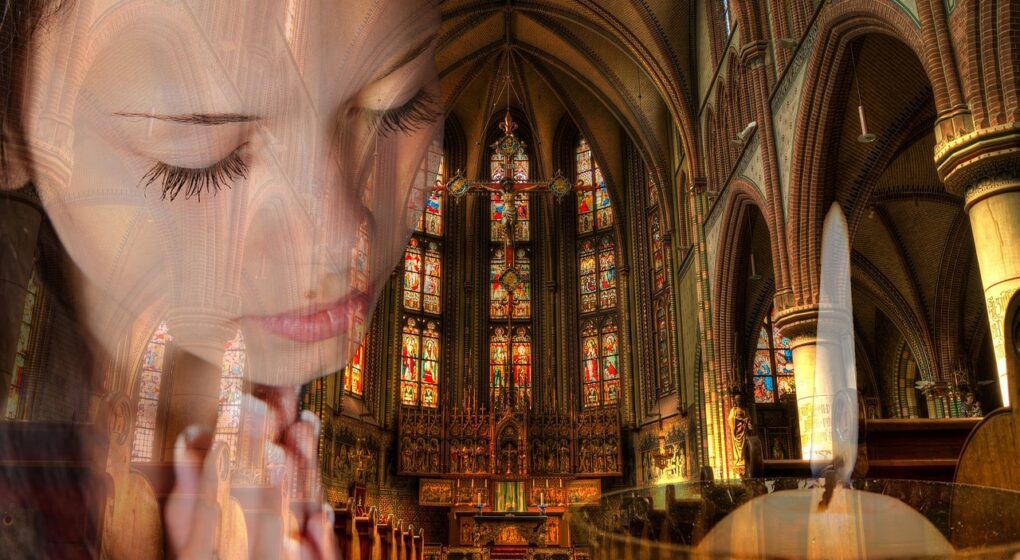
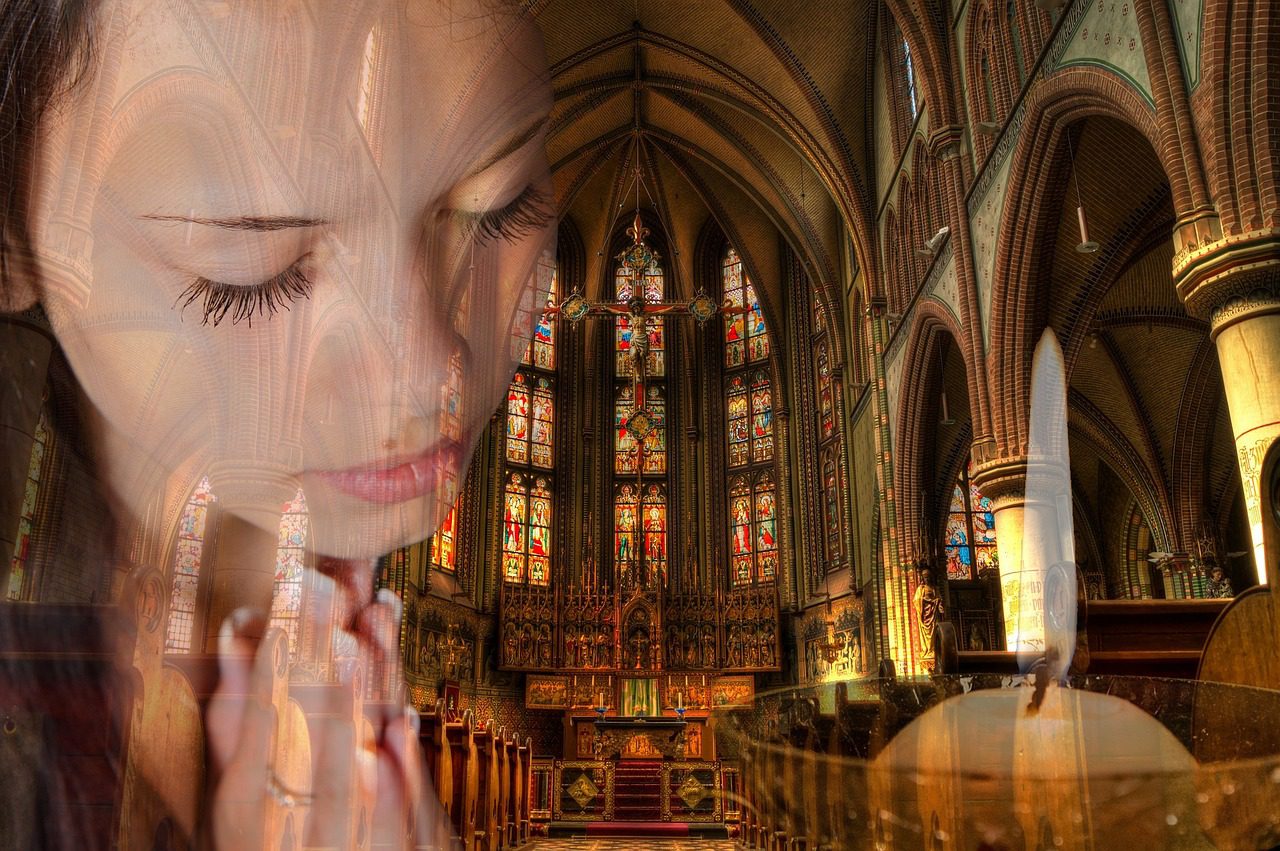
![Our Lady of Perpetual Help Novena Prayer Pamphlet [HRNV208]](https://b960748.smushcdn.com/960748/wp-content/uploads/2023/06/HRNV208-OLP-Novena-600x600-1.jpg?lossy=1&strip=1&webp=1)
![Saint Anne Novena Prayer Pamphlet [HRNV610]](https://b960748.smushcdn.com/960748/wp-content/uploads/2023/06/HRNV610-Saint-Anne-Novena-Prayer-600x600-1.jpg?lossy=1&strip=1&webp=1)
![Sacred Heart of Jesus Novena Prayer Pamphlet [HRNV10]](https://b960748.smushcdn.com/960748/wp-content/uploads/2023/06/HRNV10-Sacred-Heart-of-Jesus-Novena-600x600-1.jpg?lossy=1&strip=1&webp=1)
![Our Lady of the Miraculous Medal Novena Prayer Books [HRNV253]](https://b960748.smushcdn.com/960748/wp-content/uploads/2023/06/HRNV253-Our-Lady-of-the-Miraculous-Medal-Novena-600x600-1.jpg?lossy=1&strip=1&webp=1)
![Our Lady Undoer of Knots Novena Book [HRNV906]](https://b960748.smushcdn.com/960748/wp-content/uploads/2023/06/HRNV906-Our-Lady-Uniter-of-Knots-Novena-600x600-1.jpg?lossy=1&strip=1&webp=1)
![Saint Jude Novena Prayer Pamphlet [HRNV320]](https://b960748.smushcdn.com/960748/wp-content/uploads/2023/06/HRNV320-Saint-Jude-Novena-600x600-1.jpg?lossy=1&strip=1&webp=1)

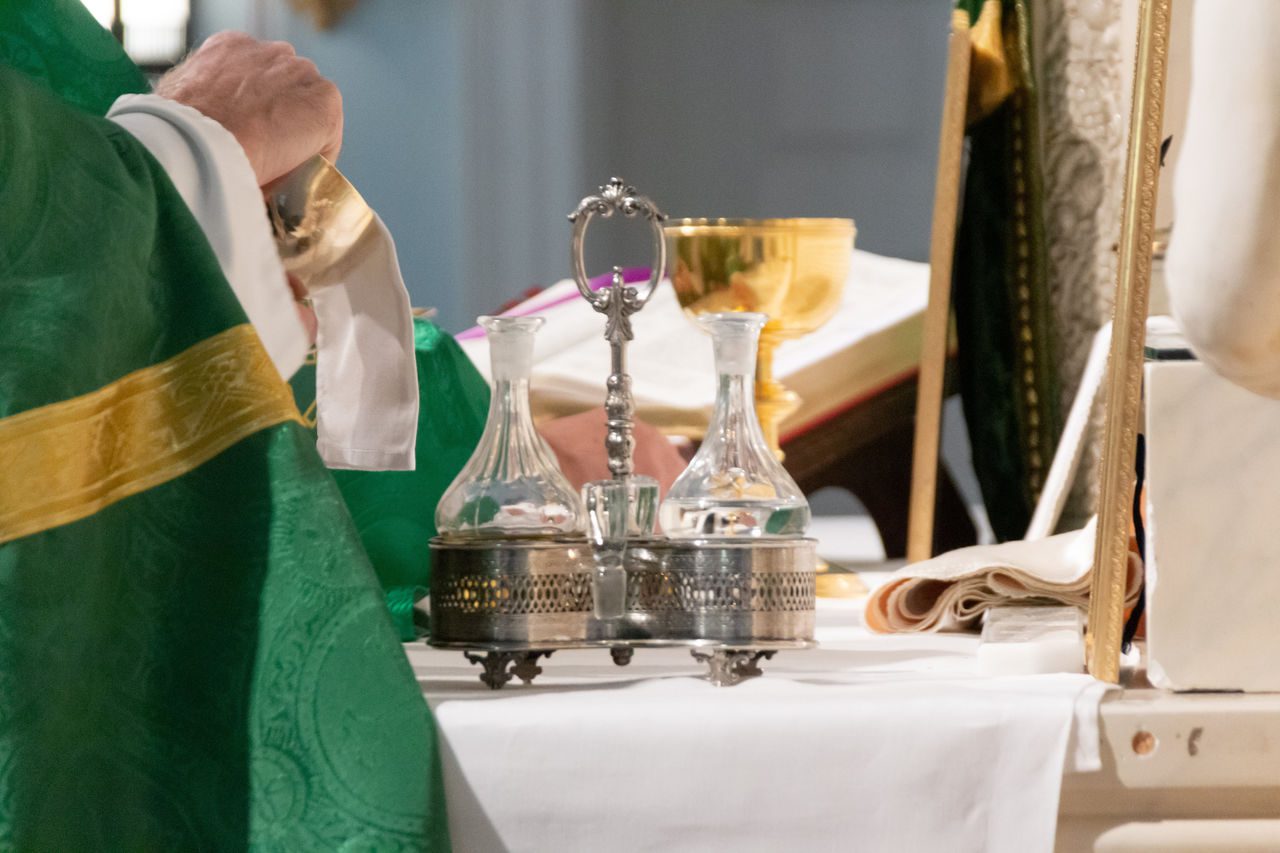
![Beginning Apologetics SUPERSET [SJCSSUPERSET]](https://b960748.smushcdn.com/960748/wp-content/uploads/2023/06/SJCSSUPERSET-SuperSet.jpg?lossy=1&strip=1&webp=1)



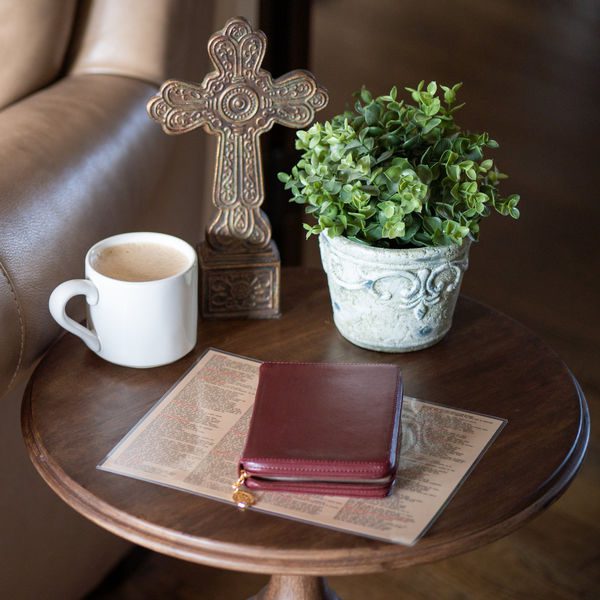
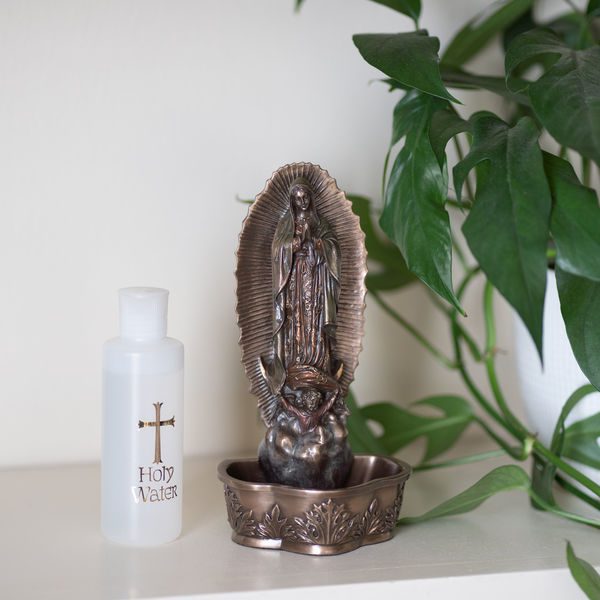
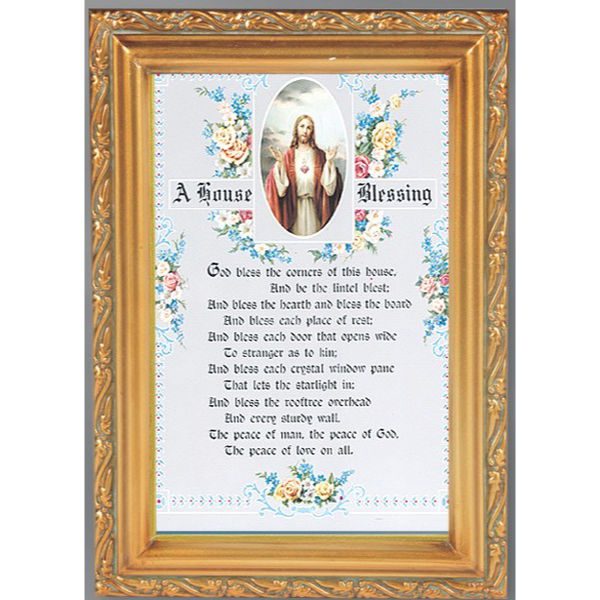
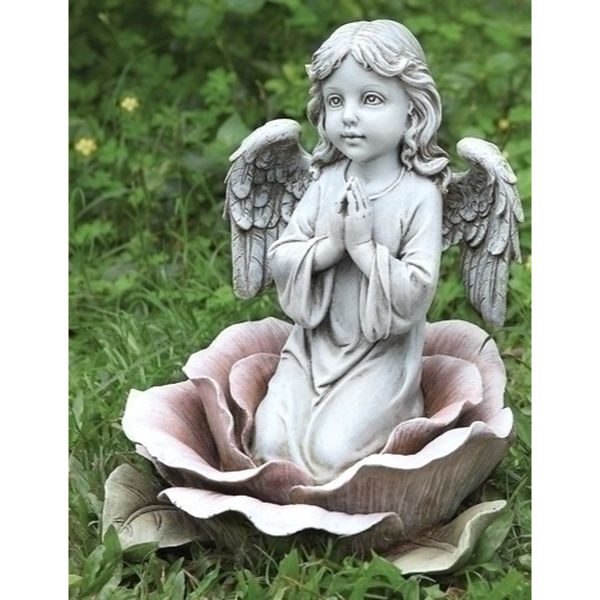
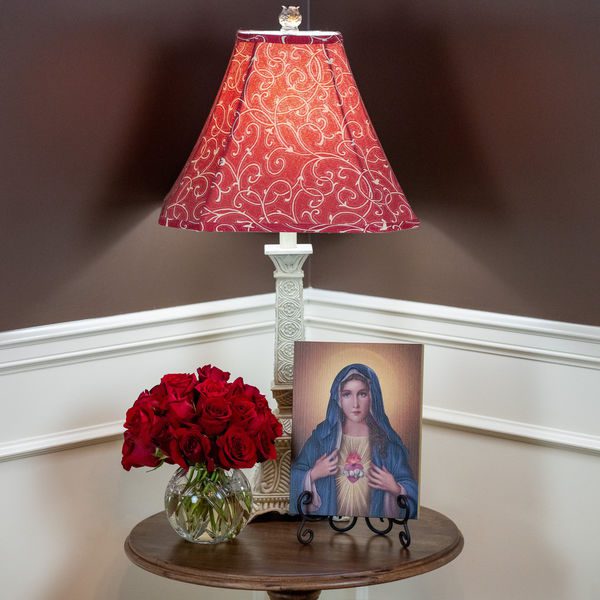
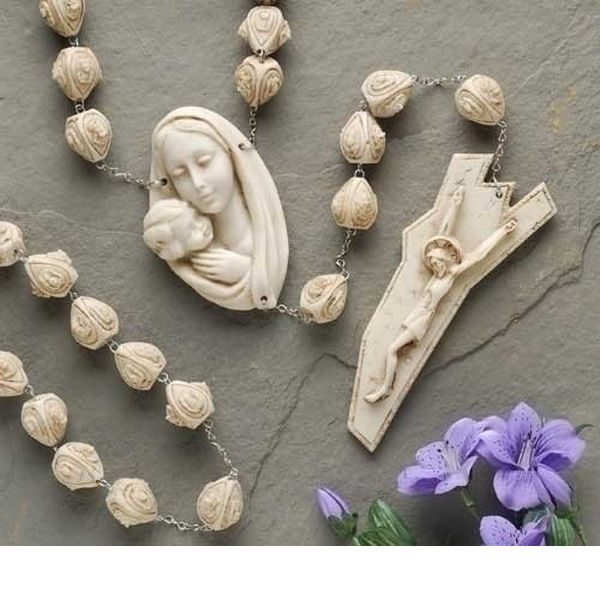
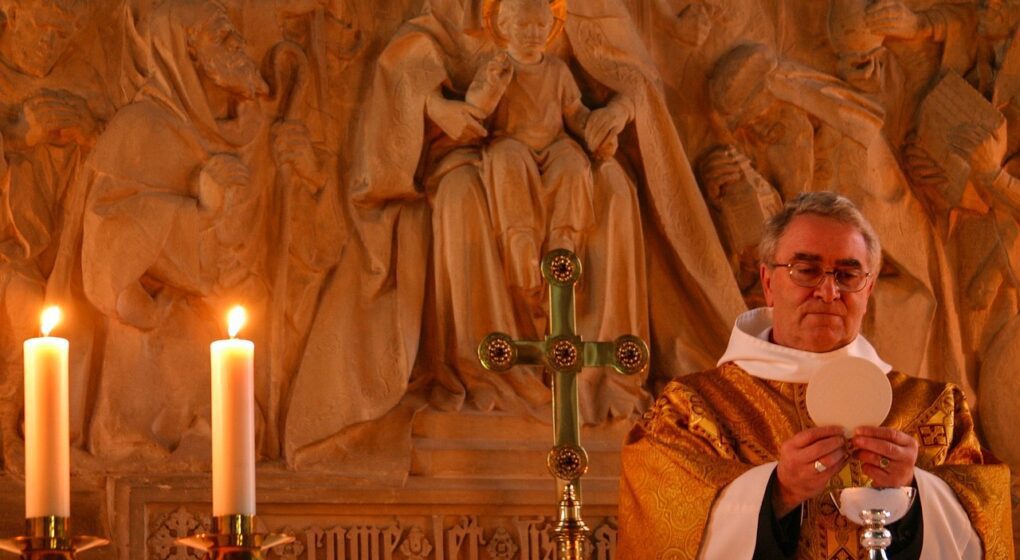
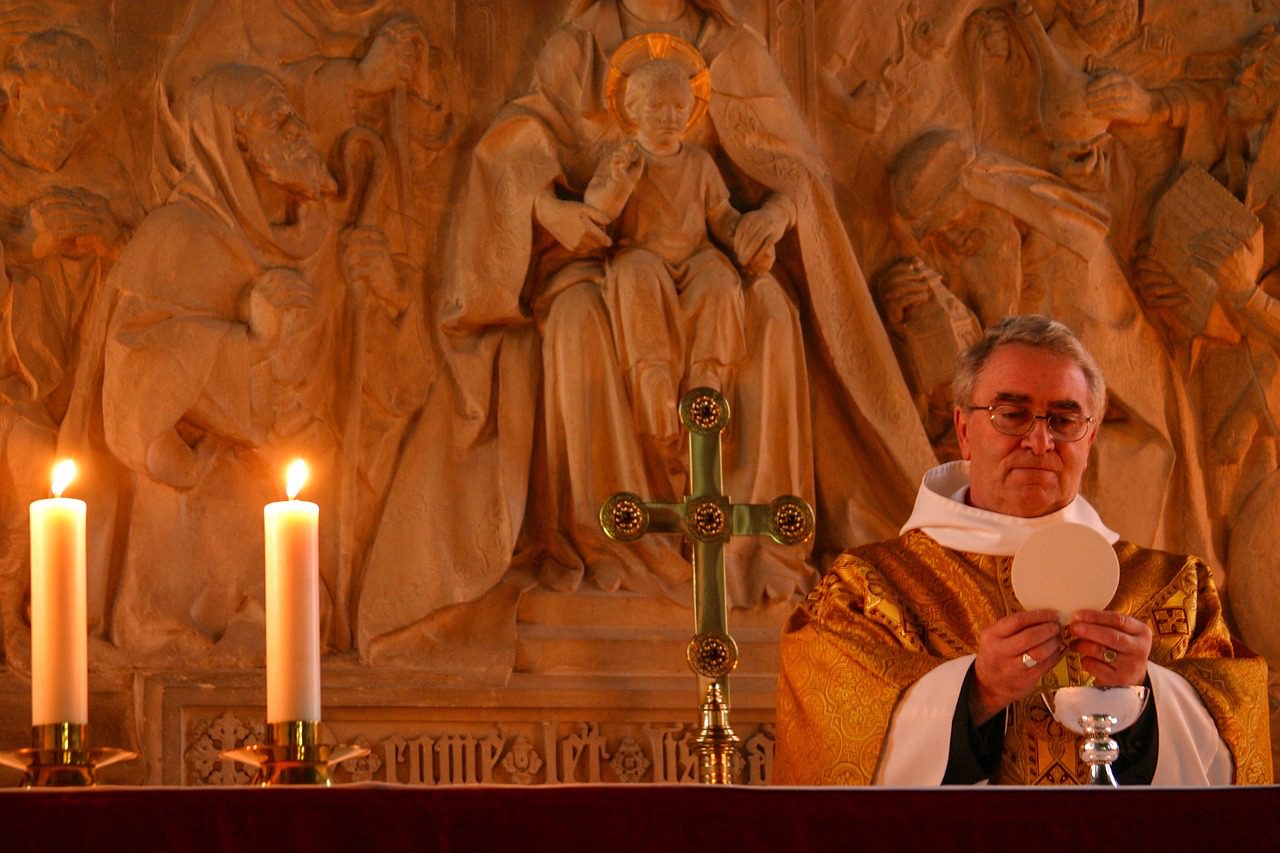
![First Communion Laminated Prayer Cards 25 Pack [HPR695]](https://b960748.smushcdn.com/960748/wp-content/uploads/2023/05/HPR695-600x600-1.jpg?lossy=1&strip=1&webp=1)
![Before and After Meal Prayers 4x6 Mosaic Plaque [HFA5101]](https://b960748.smushcdn.com/960748/wp-content/uploads/2023/05/HFA5101-Before-and-After-Meal-Prayers-4x6-Mosaic-Plaque-600x600-1.jpg?lossy=1&strip=1&webp=1)
![Oval First Communion Medal with Chalice [CM2002]](https://b960748.smushcdn.com/960748/wp-content/uploads/2023/05/CM2002-Oval-First-Communion-Medal-with-Chalice-600x600-1.jpg?lossy=1&strip=1&webp=1)
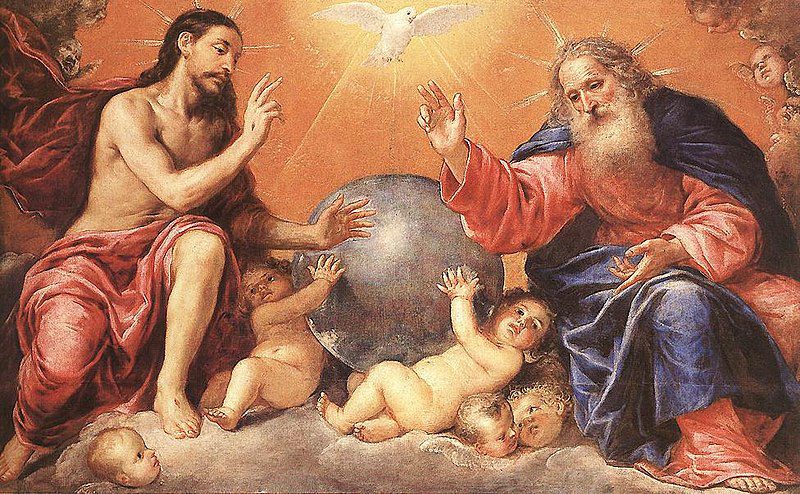
![Holy Trinity 8x10 Gold Trim Plaque [HFA0194]](https://b960748.smushcdn.com/960748/wp-content/uploads/2023/05/HFA0194-Holy-Trinity-8x10-Gold-Trim-Plaque-600x600-1.jpg?lossy=1&strip=1&webp=1)
![Tomaso Mary and Holy Trinity Wall Crucifix [CFSCRX3876]](https://b960748.smushcdn.com/960748/wp-content/uploads/2023/05/CFSCRX3876-Tomaso-Mary-and-Holy-Trinity-Wall-Crucifix-600x600-1.jpg?lossy=1&strip=1&webp=1)
![Holy Trinity Crucifix Pendant [RECRX1025]](https://b960748.smushcdn.com/960748/wp-content/uploads/2023/05/RECRX1025-Holy-Trinity-Crucifix-Pendant-600x600-1.jpg?lossy=1&strip=1&webp=1)
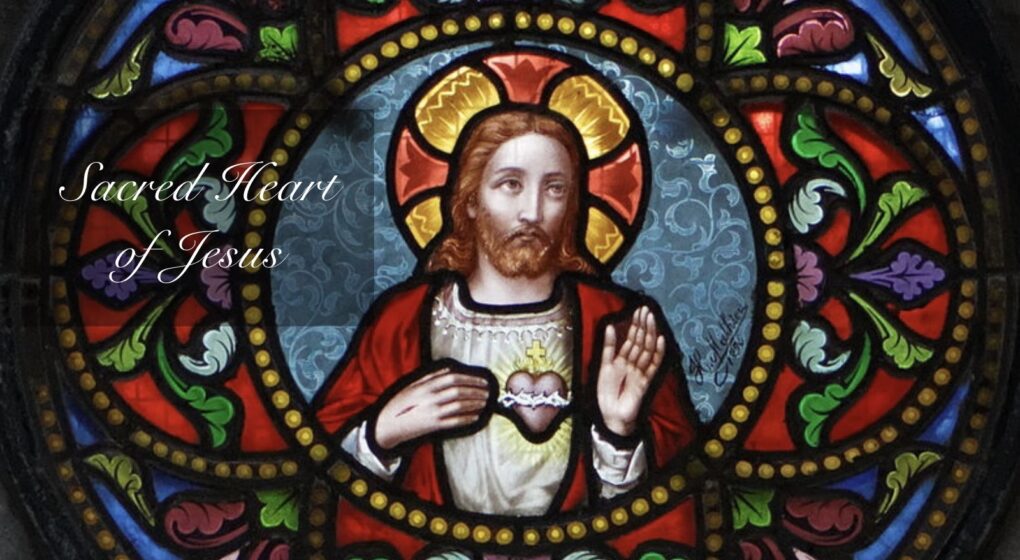
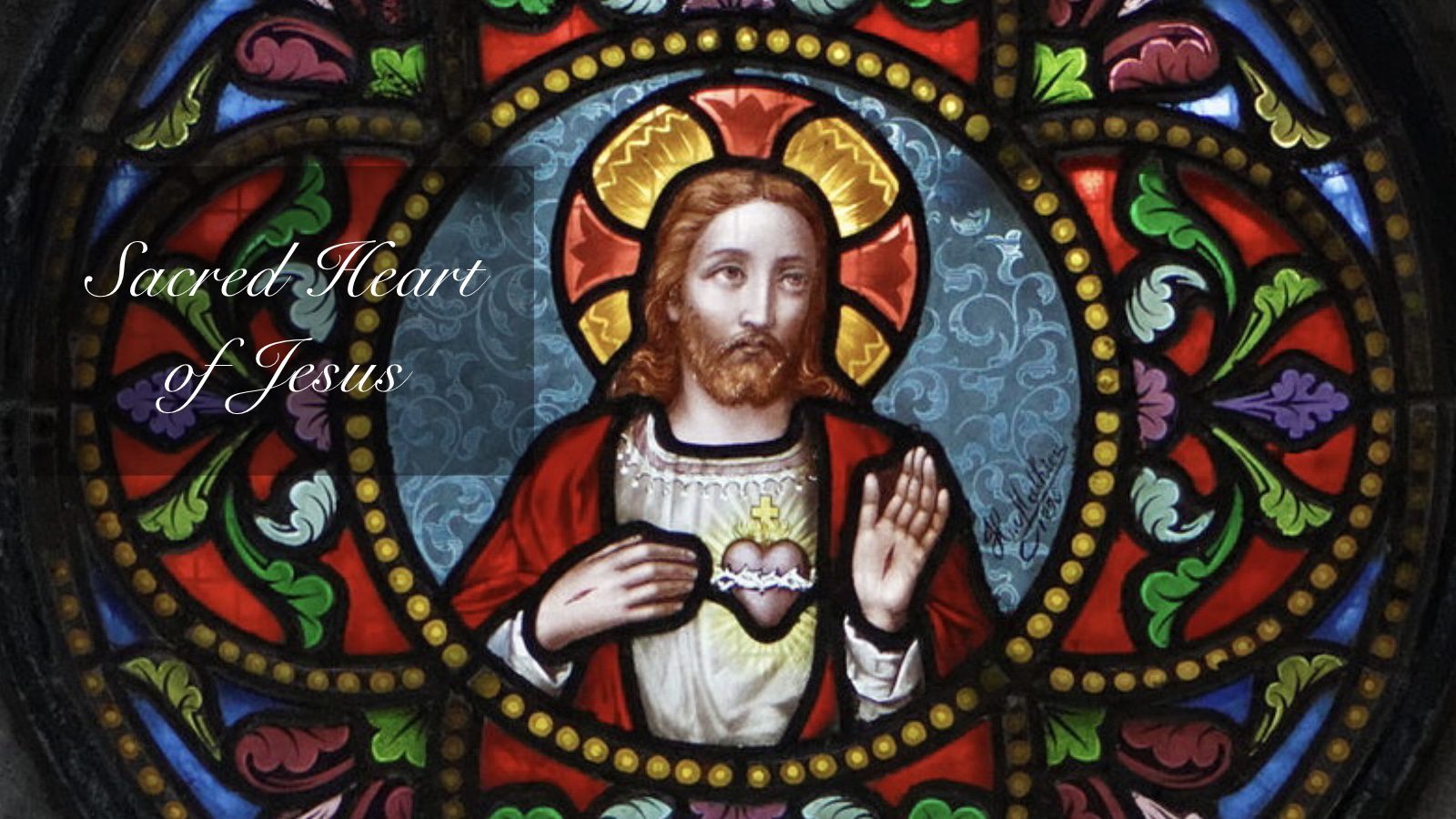
![Prayer To The Sacred Heart Laminated Prayer Cards 25 Pack [HPR101]](https://b960748.smushcdn.com/960748/wp-content/uploads/2023/05/HPR101-Prayer-To-The-Sacred-Heart-Prayer-Cards-20-Pack-600x600-1.jpg?lossy=1&strip=1&webp=1)
![House Blessing Antique Gold Framed Print [HFA0056]](https://b960748.smushcdn.com/960748/wp-content/uploads/2023/05/HFA0056-Sacred-Heart-House-Blessing-Print-600x600-1.jpg?lossy=1&strip=1&webp=1)
![Sacred Heart of Jesus Novena Prayer Pamphlet - 10 Per Pack [HRNV101]](https://b960748.smushcdn.com/960748/wp-content/uploads/2023/05/HRNV101-Sacred-Heart-Novena-Pamphlet-600x600-1.jpg?lossy=1&strip=1&webp=1)
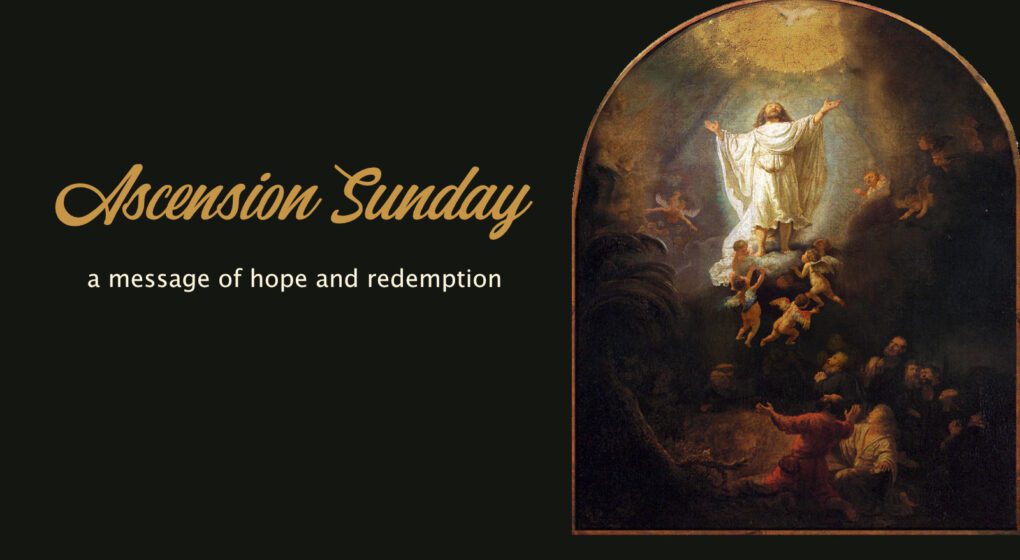
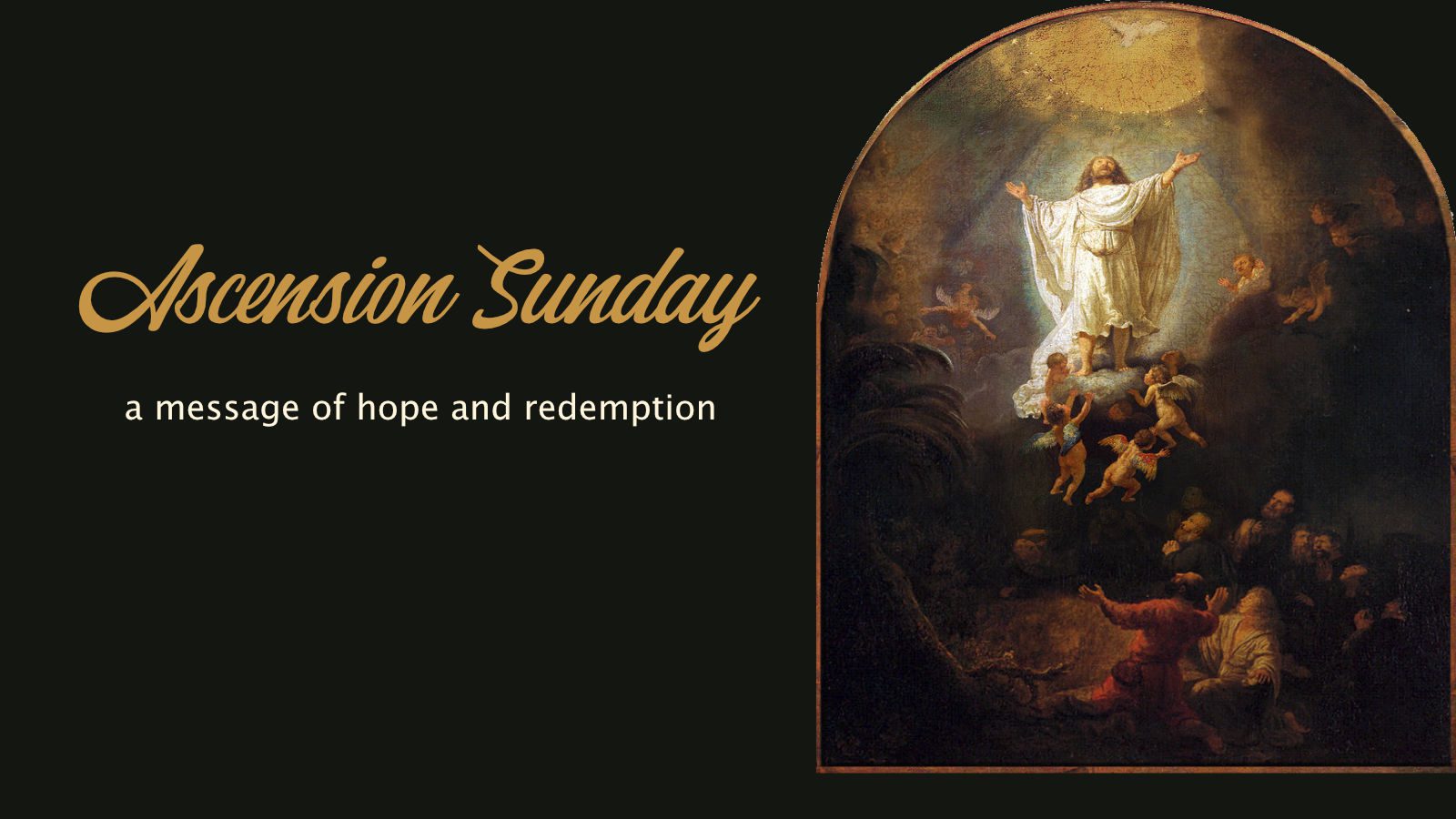
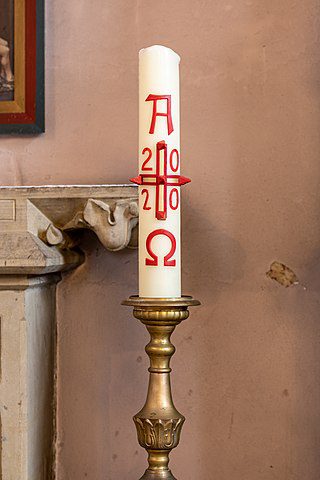
![Risen Christ Wall Crucifix [CRB0014]](https://b960748.smushcdn.com/960748/wp-content/uploads/2023/05/CRB0014-Risen-Christ-Wall-Crucifix-600x600-1.jpg?lossy=1&strip=1&webp=1)
![White Risen Christ Statue [GSCH1034]](https://b960748.smushcdn.com/960748/wp-content/uploads/2023/05/GSCH1034-White-Risen-Christ-Statue-600x600-1.jpg?lossy=1&strip=1&webp=1)
![Transfiguration of Christ by Fra Angelico [HFA5556]](https://b960748.smushcdn.com/960748/wp-content/uploads/2023/05/HFA5556-Transfiguration-of-Christ-by-Fra-Angelico-600x600-1.jpg?lossy=1&strip=1&webp=1)
![King of Heaven by Battista Cima [HFA5553]](https://b960748.smushcdn.com/960748/wp-content/uploads/2023/05/HFA5553-King-of-Heaven-by-Battista-Cima-600x600-1.jpg?lossy=1&strip=1&webp=1)
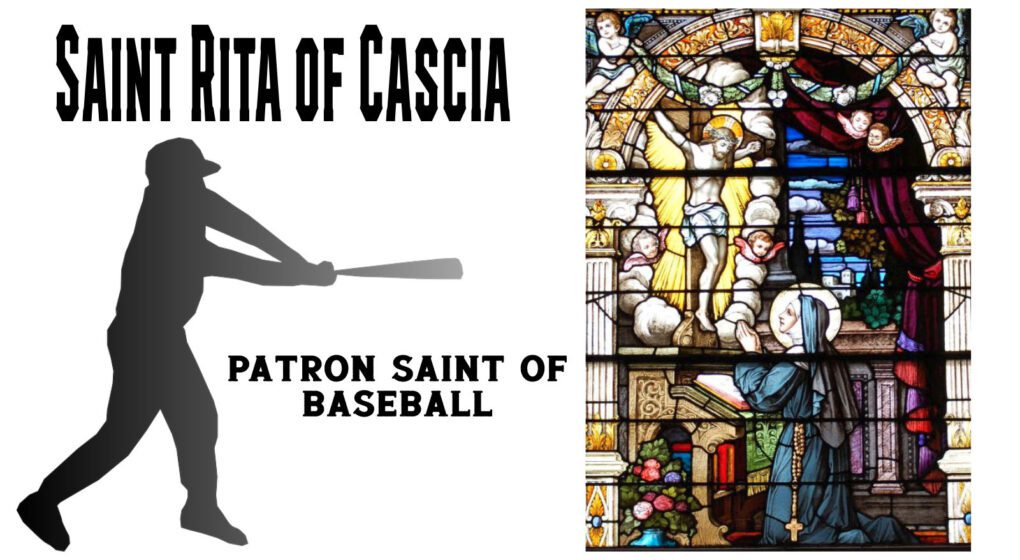
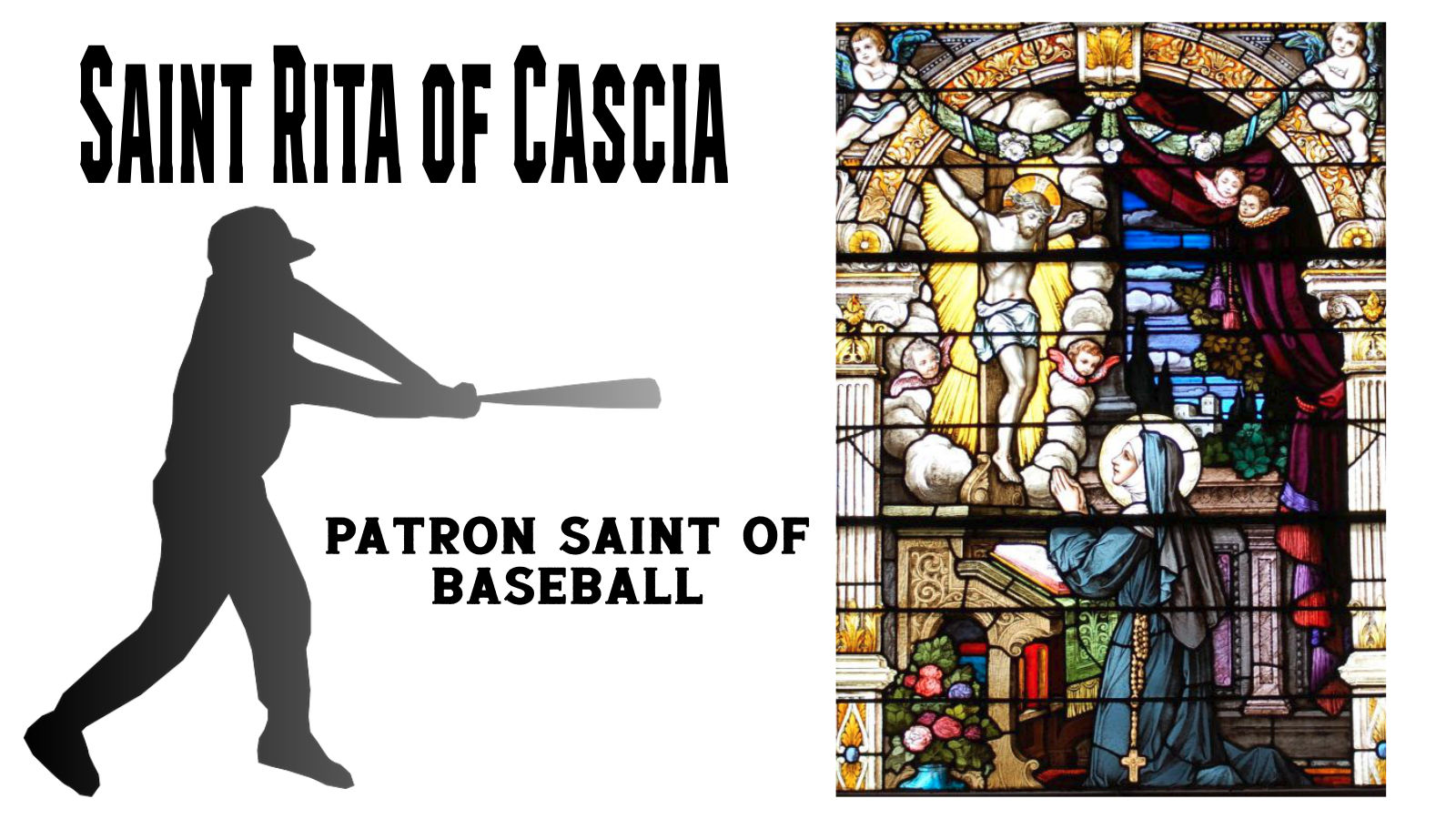
![St. Rita of Cascia Baseball Medal [EN6312]](https://b960748.smushcdn.com/960748/wp-content/uploads/2023/05/EN6312-St-Rita-Cascia-Baseball-Medal-600x600-1.jpg?lossy=1&strip=1&webp=1)
![Saint Rita Sterling Silver Baseball Medal Boys [HMM3060]](https://b960748.smushcdn.com/960748/wp-content/uploads/2023/05/HMM3060-Saint-Rita-Sterling-Silver-Baseball-Medal-600x600-1.jpg?lossy=1&strip=1&webp=1)
![Prayer To St. Rita Laminated Prayer Cards 25 Pack [HPR532]](https://b960748.smushcdn.com/960748/wp-content/uploads/2023/05/HPR532-St-Rita-Holy-Card-600x600-1.jpg?lossy=1&strip=1&webp=1)







![Our Lady of Lourdes Statue Hand Painted Marble Composite - 24.5 inch [VIC0006]](https://b960748.smushcdn.com/960748/wp-content/uploads/2023/04/VIC0006-Our-Lady-of-Lourdes-Statue-Hand-Painted-Marble-Composite-24-5-inch-600x600-1.jpg?lossy=1&strip=1&webp=1)
![Holy Family Statue [TGS0020]](https://b960748.smushcdn.com/960748/wp-content/uploads/2023/04/TGS0020-Holy-Family-Statue-600x600-1.jpg?lossy=1&strip=1&webp=1)
![Our Lady of Grace Statue White - 19 inch [VIC8003]](https://b960748.smushcdn.com/960748/wp-content/uploads/2023/04/VIC8003-Our-Lady-of-Grace-Statue-White-19-H-600x600-1.jpg?lossy=1&strip=1&webp=1)
![Our Lady of Lourdes Statue 26.5 Inches [MSA0003]](https://b960748.smushcdn.com/960748/wp-content/uploads/2023/04/MSA0003-Our-Lady-of-Lourdes-Statue-26.5-Inches-600x600-1.jpg?lossy=1&strip=1&webp=1)
![Our Lady of Grace Garden Statue 25 Inches [MSA3025]](https://b960748.smushcdn.com/960748/wp-content/uploads/2023/04/MSA3025-Our-Lady-of-Grace-Garden-Statue-25-Inches-600x600-1.jpg?lossy=1&strip=1&webp=1)
![Our Lady of Grace Garden Statue, Built in Grotto 30 Inches [MSA1455]](https://b960748.smushcdn.com/960748/wp-content/uploads/2023/04/MSA1455-Our-Lady-of-Grace-Garden-Statue-Built-in-Grotto-30-Inches-600x600-1.jpg?lossy=1&strip=1&webp=1)
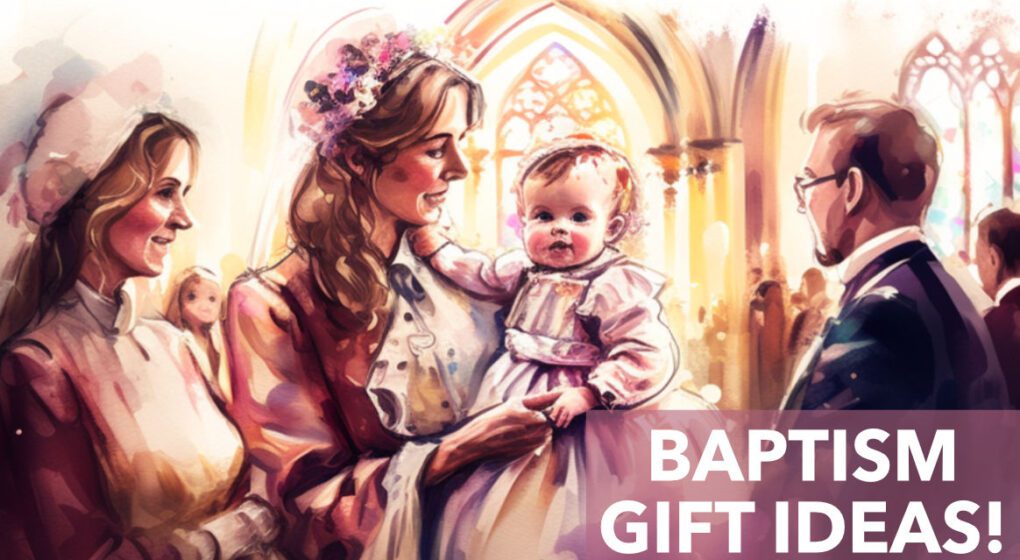
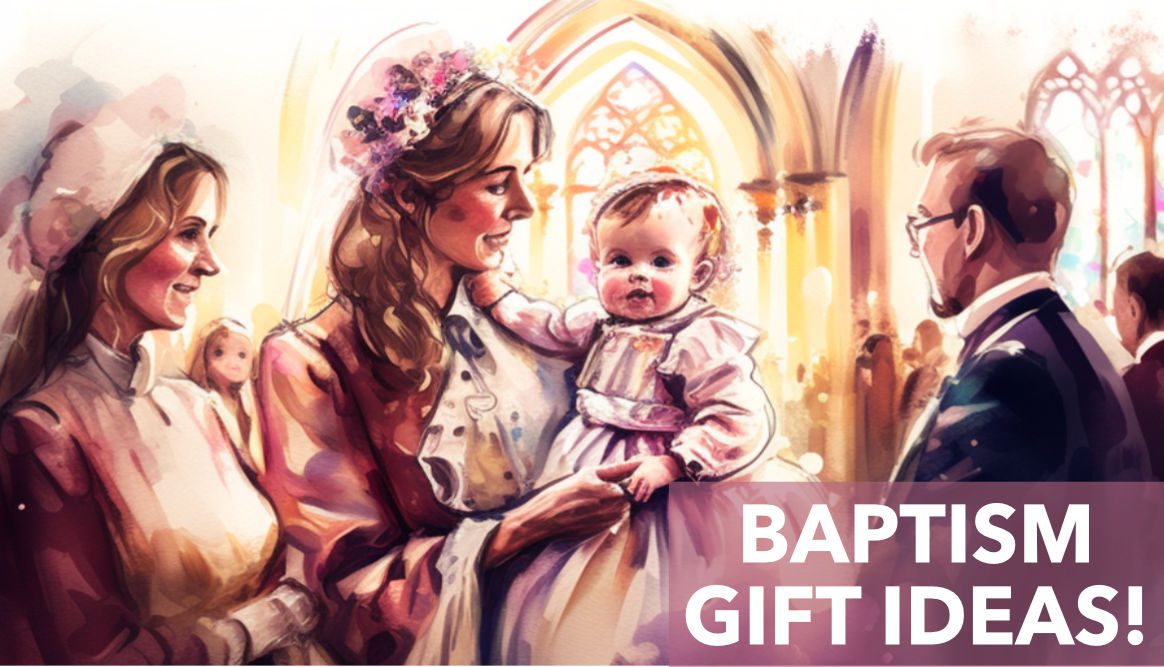
![Bible Stories for Catholic Children, White Gold Stamped Cover [HBK003]](https://b960748.smushcdn.com/960748/wp-content/uploads/2023/04/HBK003-Boys-Catholic-Bible.jpg?lossy=1&strip=1&webp=1)
![Bible Stories for Catholic Children, White Gold Stamped Cover [HBK002]](https://b960748.smushcdn.com/960748/wp-content/uploads/2023/04/HBK002-Girls-Catholic-Bible.jpg?lossy=1&strip=1&webp=1)
![Bible Stories for Catholic Children, Hardcover Book [HBK001]](https://b960748.smushcdn.com/960748/wp-content/uploads/2023/04/Bible-Stories-for-Catholic-HBK001-Children-Hardcover-Book-434x525-1.jpg?lossy=1&strip=1&webp=1)
![Heart Shaped Blue Glass Bead Baby Rosary [HBR001]](https://b960748.smushcdn.com/960748/wp-content/uploads/2023/04/HBR001-Heart-Shaped-Blue-Glass-Bead-Baby-Rosary-600x600-1.jpg?lossy=1&strip=1&webp=1)
![Girl's Guardian Angel Pink Rosary with Rosary Box [MVR053]](https://b960748.smushcdn.com/960748/wp-content/uploads/2023/04/MVR053-Girls-Guardian-Angel-Pink-Rosary-Rosary-Box-600x600-1.jpg?lossy=1&strip=1&webp=1)
![Irish Baby Cross with Baby Rosary Set [RBS016]](https://b960748.smushcdn.com/960748/wp-content/uploads/2023/04/RBS016-Irish-Baby-Rosary-Set-600x600-1.jpg?lossy=1&strip=1&webp=1)
![Guardian Angel Gold Frame Stained Glass Effect [HFA4612]](https://b960748.smushcdn.com/960748/wp-content/uploads/2023/04/HFA4612-Guardian-Angel-Gold-Frame-Stained-Glass-Effect-600x600-1.jpg?lossy=1&strip=1&webp=1)
![Gold Baptism 2.5x3.5 Print Under Glass [HFA5295]](https://b960748.smushcdn.com/960748/wp-content/uploads/2023/04/HFA5295-Baptism-2-5x3-5-Print-Under-Glass-600x600-1.jpg?lossy=1&strip=1&webp=1)
![Sacrament of Baptism Small 4.5 Inch Oval Framed Print [HFA4735]](https://b960748.smushcdn.com/960748/wp-content/uploads/2023/04/HFA4735-Sacrament-Baptism-Small-4-5-Inch-Oval-Framed-Print-600x600-1.jpg?lossy=1&strip=1&webp=1)
![PERSONALIZED Baby Pin with Baptism Charm and Arched Polished Engravable Badge Pin [BLBP0045]](https://b960748.smushcdn.com/960748/wp-content/uploads/2023/04/BLBP0045-Baptism-Baby-Pin-600x600-1.jpg?lossy=1&strip=1&webp=1)
![PERSONALIZED Guardian Angel Pendant [BC0096]](https://b960748.smushcdn.com/960748/wp-content/uploads/2023/04/BC0096-Guardian-Angel-Pendant-600x600-1.jpg?lossy=1&strip=1&webp=1)
![Child's Small Cross Pendant with Budded Tips [BC0086]](https://b960748.smushcdn.com/960748/wp-content/uploads/2023/04/BC0086-Childs-Cross-Necklace-600x600-1.jpg?lossy=1&strip=1&webp=1)
![Guardian Angel Keepsake Box [NGK012]](https://b960748.smushcdn.com/960748/wp-content/uploads/2023/04/NGK012-Guardian-Angel-Keepsake-Box-600x600-1.jpg?lossy=1&strip=1&webp=1)
![PERSONALIZED Boy's Baptism Maple Wood Keepsake Box [SRB1000]](https://b960748.smushcdn.com/960748/wp-content/uploads/2023/04/SRB1000-Boys-Baptism-Box-600x600-1.jpg?lossy=1&strip=1&webp=1)
![PERSONALIZED Girl's Baptism Maple Wood Keepsake Box [SRB1002]](https://b960748.smushcdn.com/960748/wp-content/uploads/2023/04/SRB1002-Girls-Baptism-Box-600x600-1.jpg?lossy=1&strip=1&webp=1)
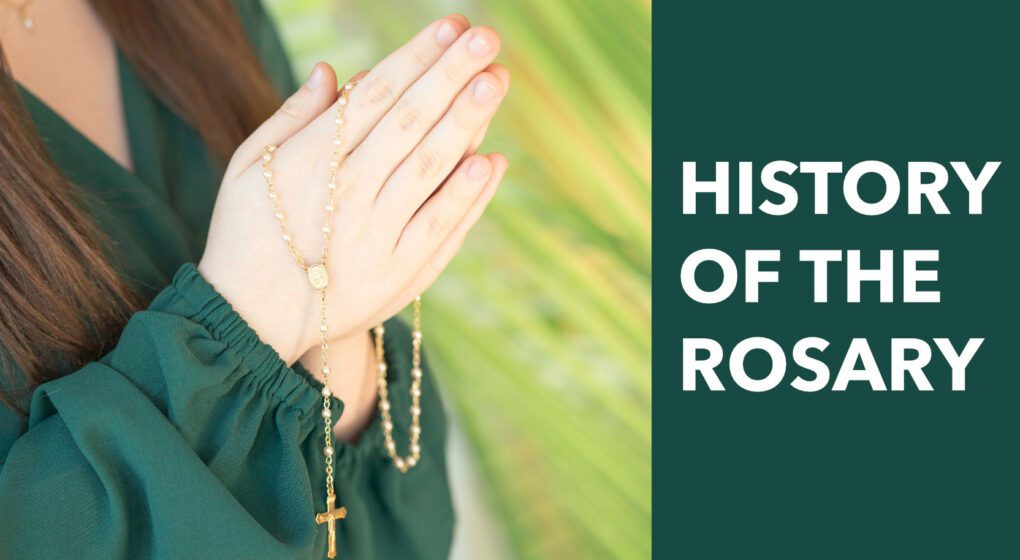
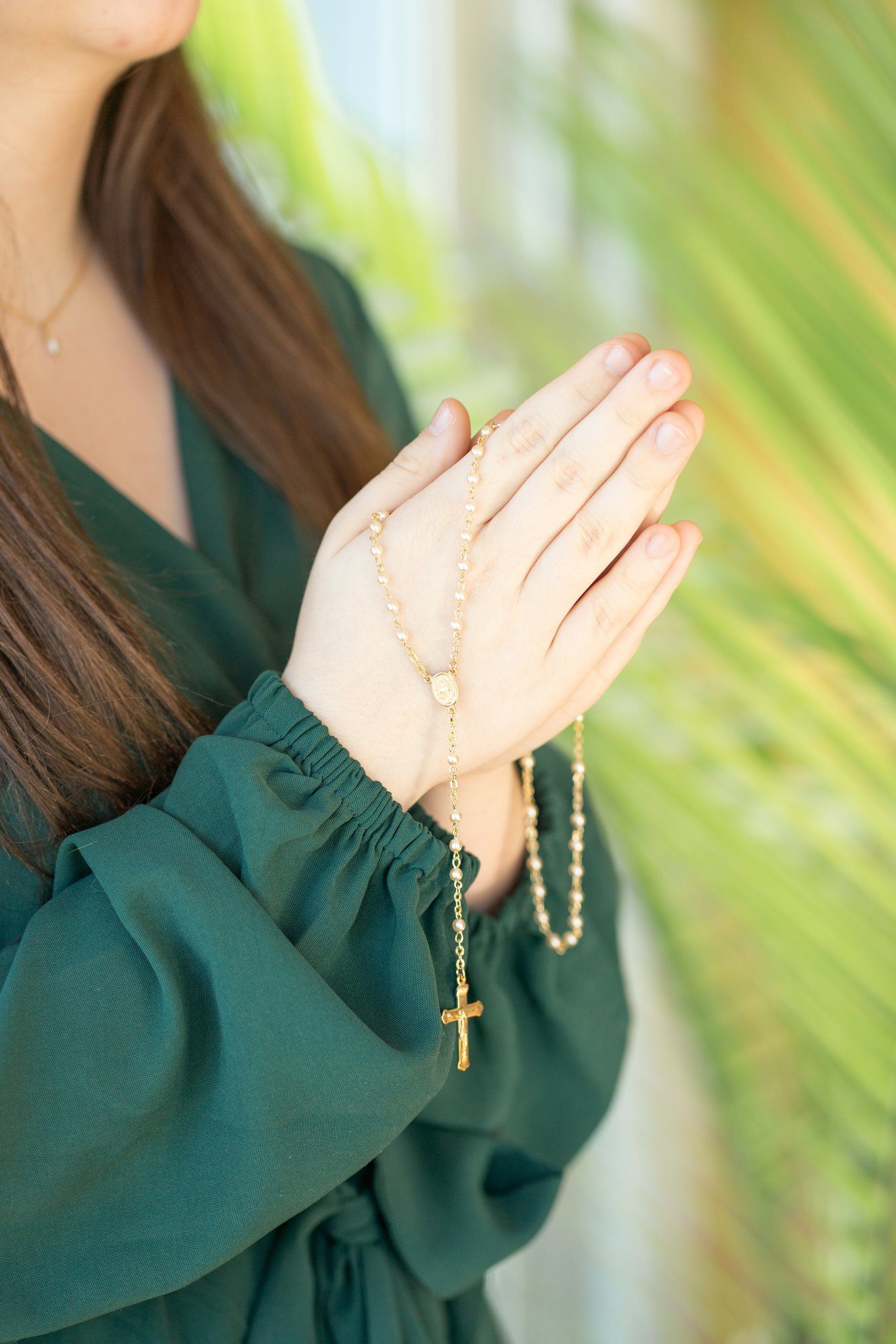
![Mysteries of The Rosary Laminated Prayer Cards 25 Pack [HPR212]](https://b960748.smushcdn.com/960748/wp-content/uploads/2023/04/HPR212-Mysteries-of-The-Rosary-Prayer-Card.jpg?lossy=1&strip=1&webp=1)
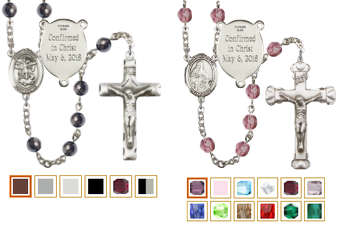
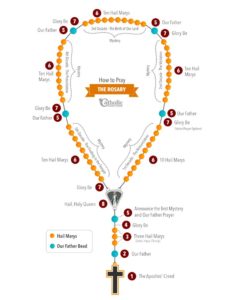
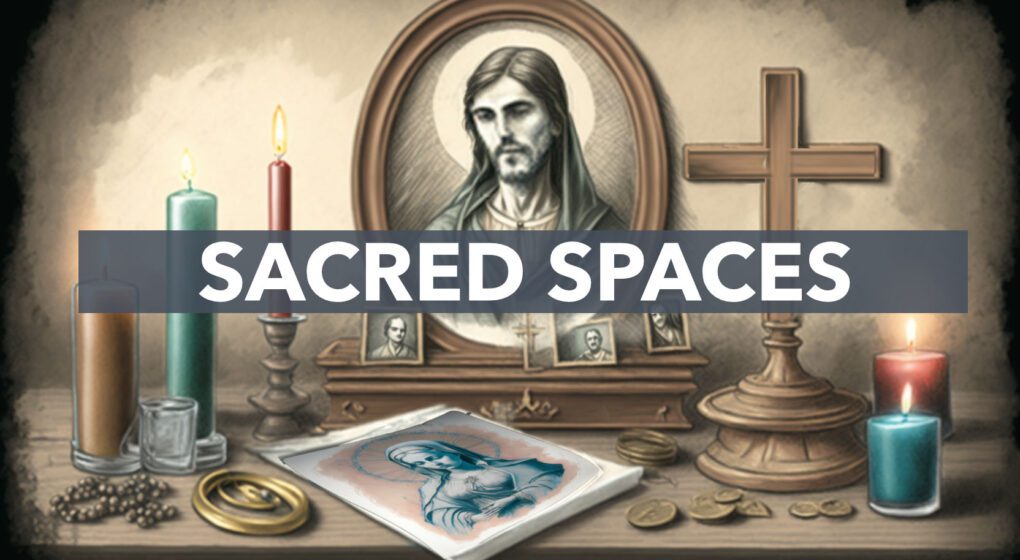
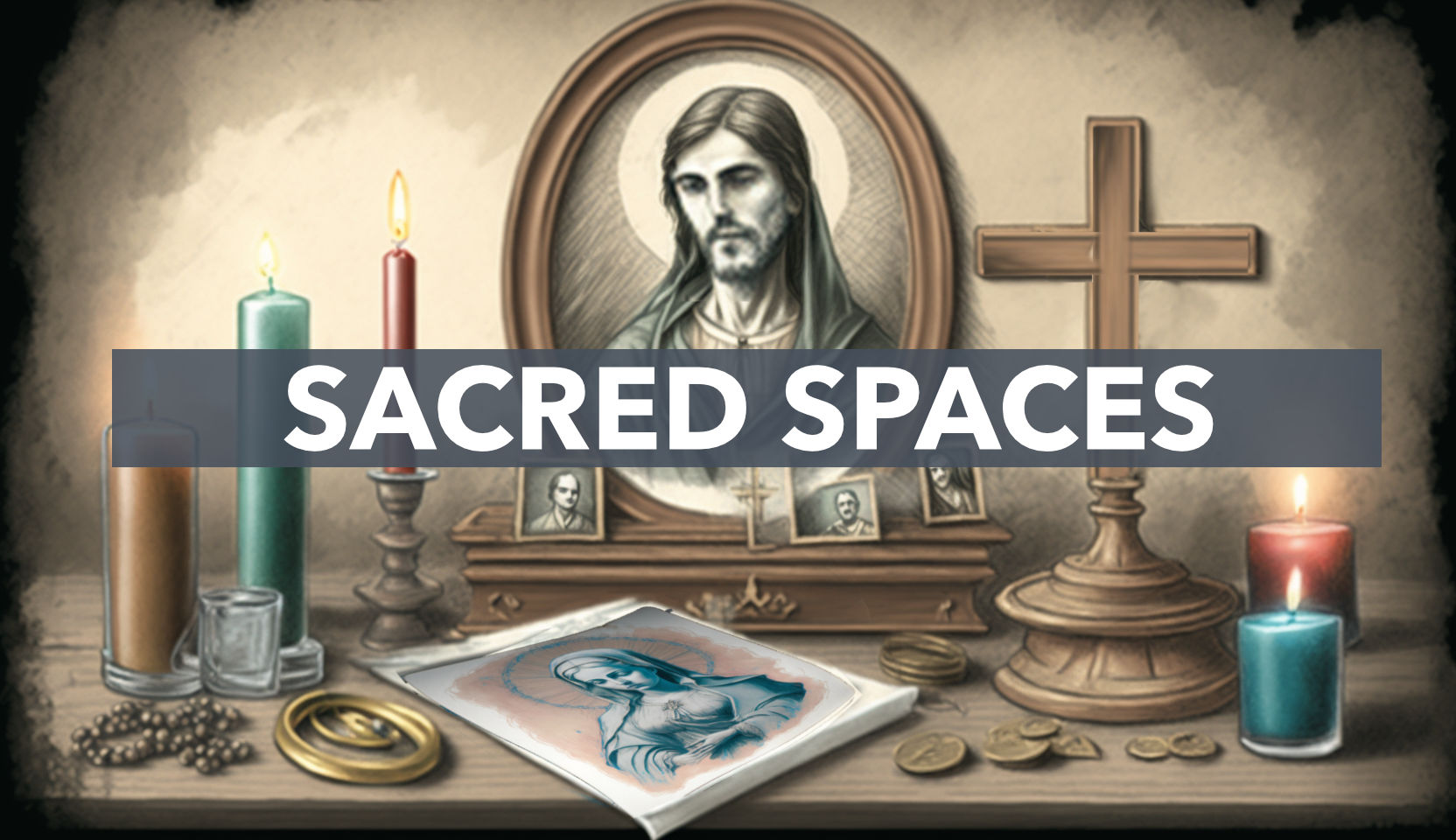
![Resin Wall Crucifix - 20 3/4" [RCRX1000]](https://b960748.smushcdn.com/960748/wp-content/uploads/2023/04/RCRX1000-Resin-Wall-Crucifix-20-Inch.jpg?lossy=1&strip=1&webp=1)
![Bowed Head of Christ Walnut Wall Crucifix - 12 inch [CRX4249]](https://b960748.smushcdn.com/960748/wp-content/uploads/2023/04/CRX4249-Walnut-Wood-Wall-Crucifix-425x600-1.jpg?lossy=1&strip=1&webp=1)
![Standing Dark Cherry Crucifix with Base- 10 inch [CRX4319]](https://b960748.smushcdn.com/960748/wp-content/uploads/2023/04/CRX4319-Standing-Dark-Cherry-Crucifix-with-Base-10-inch-425x600-1.jpg?lossy=1&strip=1&webp=1)
![Jujube Wood 5 Decade Rosary 3 Sizes Available [RB3528]](https://b960748.smushcdn.com/960748/wp-content/uploads/2023/04/RB3528-Jujube-Wood-5-Decade-Rosary-600x600-1.jpg?lossy=1&strip=1&webp=1)
![St. Therese of Lisieux Rosary [RB3208]](https://b960748.smushcdn.com/960748/wp-content/uploads/2023/04/RB3208-St-Therese-Lisieux-Rosary-600x600-1.jpg?lossy=1&strip=1&webp=1)
![St. Michael Swarovski Crystal Chaplet Rosary [HMBR041]](https://b960748.smushcdn.com/960748/wp-content/uploads/2023/04/HMBR041-St-Michael-Swarovski-Crystal-Chaplet-Rosary-600x600-1.jpg?lossy=1&strip=1&webp=1)
![Our Lady of Guadalupe Water Font - 7 1/2 inch [GSS052]](https://b960748.smushcdn.com/960748/wp-content/uploads/2023/04/GSS052-Our-Lady-of-Guadalupe-Water-Font-7-inch.jpg?lossy=1&strip=1&webp=1)
![Our Lady of Guadalupe Water Font, Full Color - 7 1/2 inch [GSS053]](https://b960748.smushcdn.com/960748/wp-content/uploads/2023/04/GSS053-Our-Lady-of-Guadalupe-Water-Font-467x600-1.jpg?lossy=1&strip=1&webp=1)
![Sacred Heart 6" Holy Water Font [CB916]](https://b960748.smushcdn.com/960748/wp-content/uploads/2023/04/CB916-Sacred-Heart-6-Holy-Water-Font-467x600-1.jpg?lossy=1&strip=1&webp=1)
![Sacred Heart and Immaculate Heart 8x10 Framed Print Under Glass [HFP191]](https://b960748.smushcdn.com/960748/wp-content/uploads/2023/04/HFP191-Sacred-Hearts-Wall-Art-600x600-1.jpg?lossy=1&strip=1&webp=1)
![Madonna and Child 8x10 Framed Print Under Glass [HFP203]](https://b960748.smushcdn.com/960748/wp-content/uploads/2023/04/HFP203-Madonna-and-Child-Wall-Art-600x600-1.jpg?lossy=1&strip=1&webp=1)
![St. Therese 8x10 Framed Print Under Glass [HFP340]](https://b960748.smushcdn.com/960748/wp-content/uploads/2023/04/HFP340-St-Therese-Wall-Art-600x600-1.jpg?lossy=1&strip=1&webp=1)
![Mary, Undoer of Knots Painted Statue - 12 Inches [GSS005]](https://b960748.smushcdn.com/960748/wp-content/uploads/2023/04/GSS005-Mary-Undoer-of-Knots-Painted-Statue-12-Inches.jpg?lossy=1&strip=1&webp=1)
![Christ Statue - 12 Inches [GSCH1101]](https://b960748.smushcdn.com/960748/wp-content/uploads/2023/04/GSCH1101-Christ-Statue-12-H-600x600-1.jpg?lossy=1&strip=1&webp=1)
![St. Joseph with Child Statue - 8"H [MTC004]](https://b960748.smushcdn.com/960748/wp-content/uploads/2023/04/MTC004-St-Joseph-with-Child-Statue-8-600x600-1.jpg?lossy=1&strip=1&webp=1)
![Benedictine Catholic Bible [NGB003]](https://b960748.smushcdn.com/960748/wp-content/uploads/2023/04/NGB003-Benedictine-Catholic-Bible.jpg?lossy=1&strip=1&webp=1)
![Mary Untier of Knots Catholic Bible [NGB016]](https://b960748.smushcdn.com/960748/wp-content/uploads/2023/04/NGB016-Mary-Untier-of-Knots-Catholic-Bible.jpg?lossy=1&strip=1&webp=1)
![Holy Spirit with Stained Glass Catholic Bible [NGB001]](https://b960748.smushcdn.com/960748/wp-content/uploads/2023/04/NGB001-Holy-Spirit-with-Stained-Glass-Catholic-Bible.jpg?lossy=1&strip=1&webp=1)